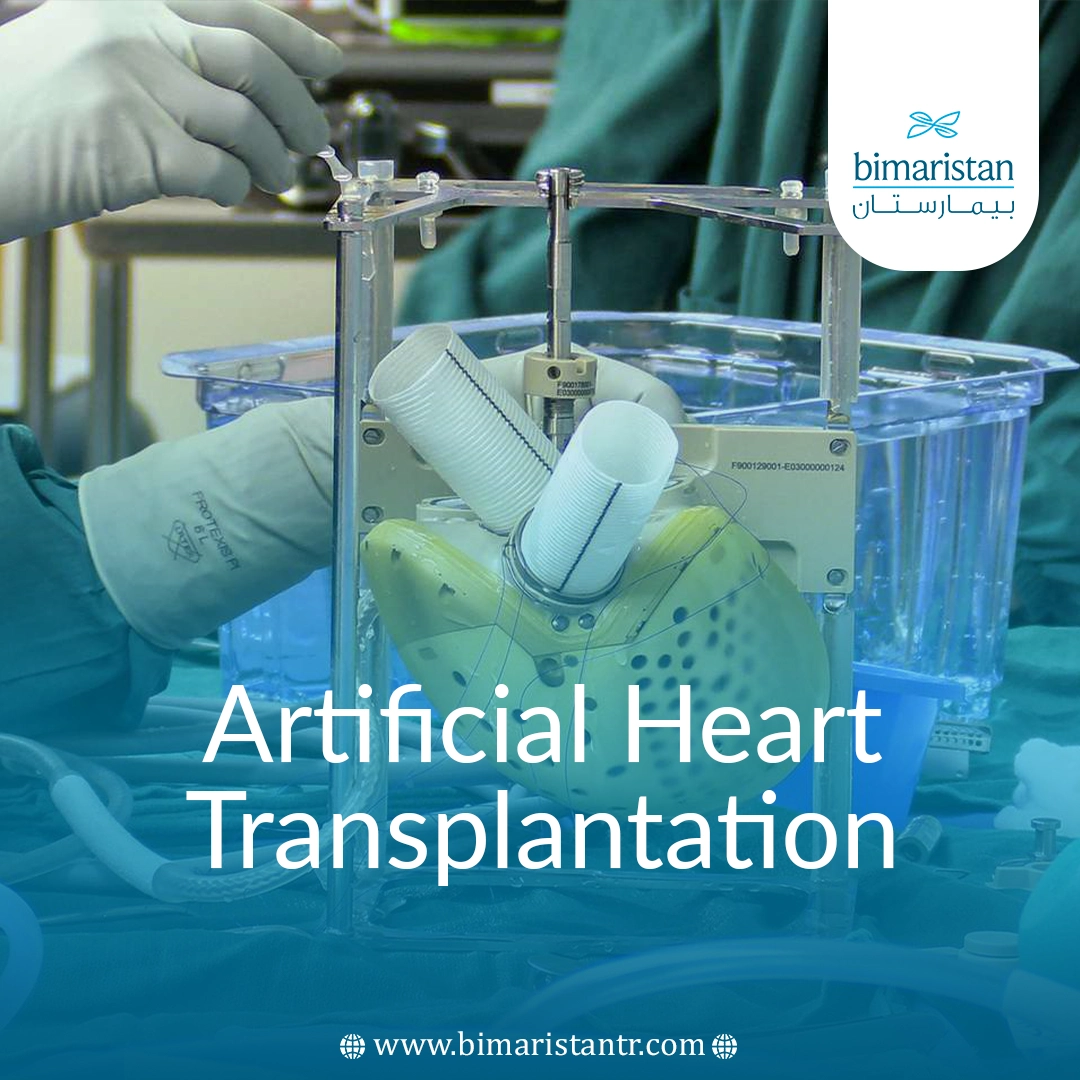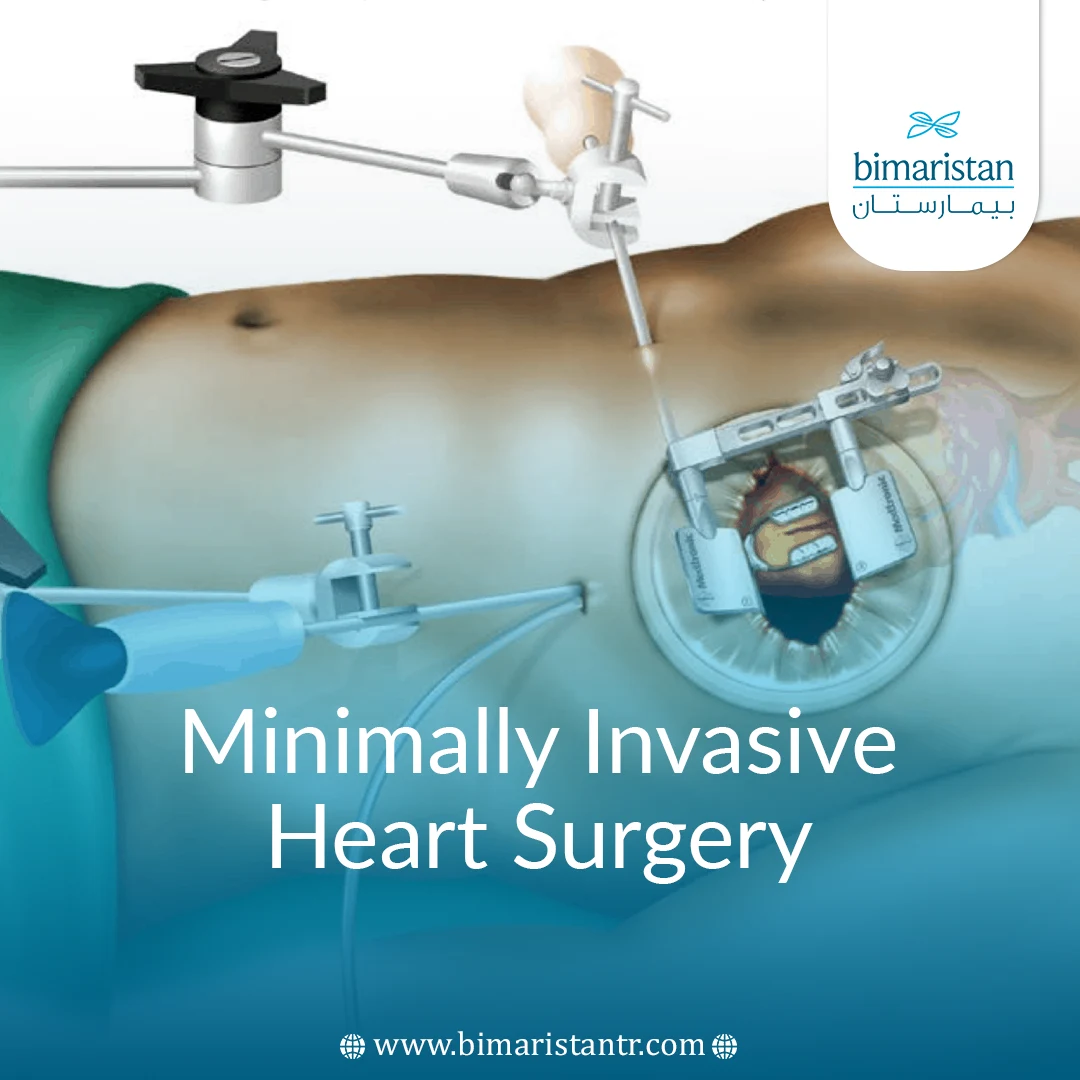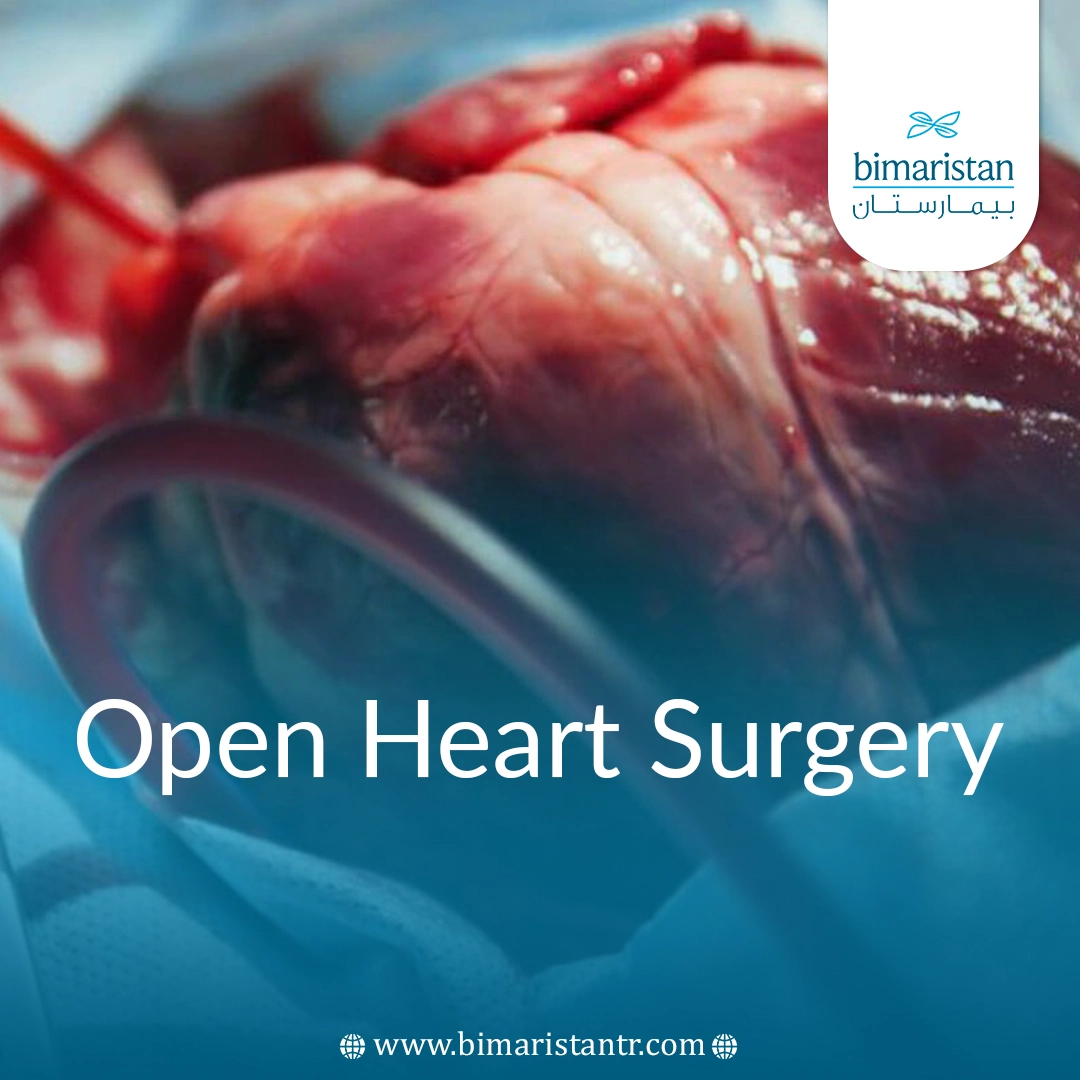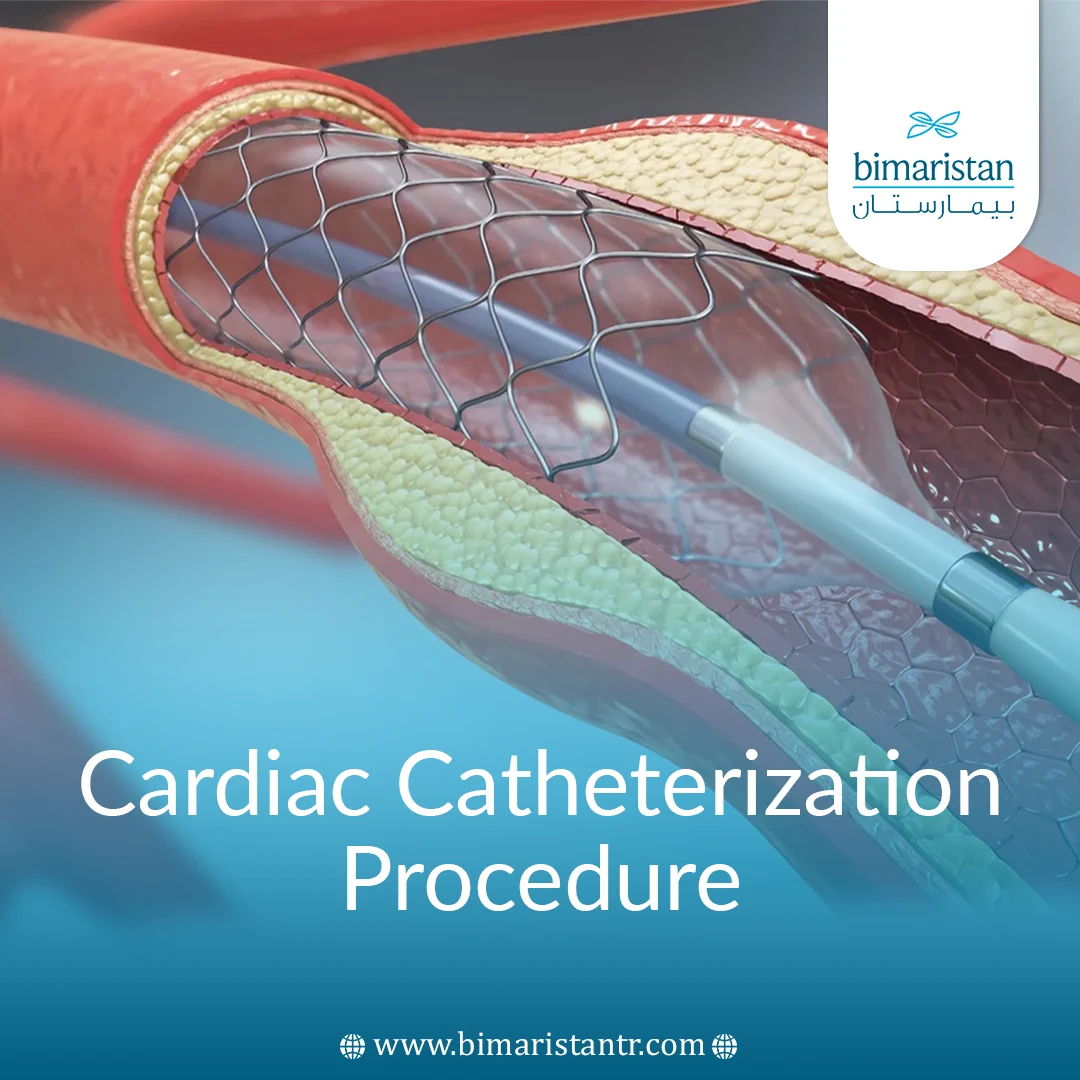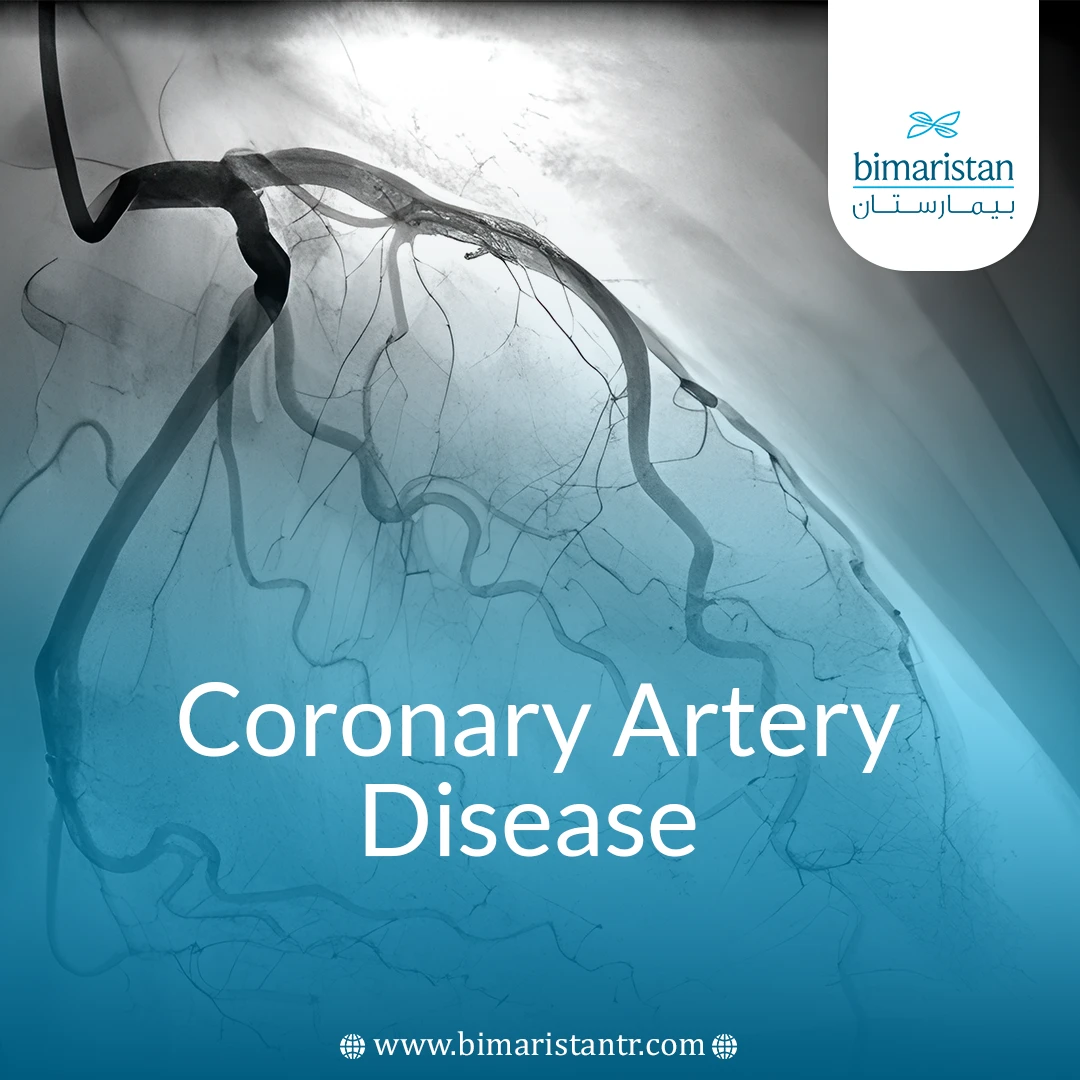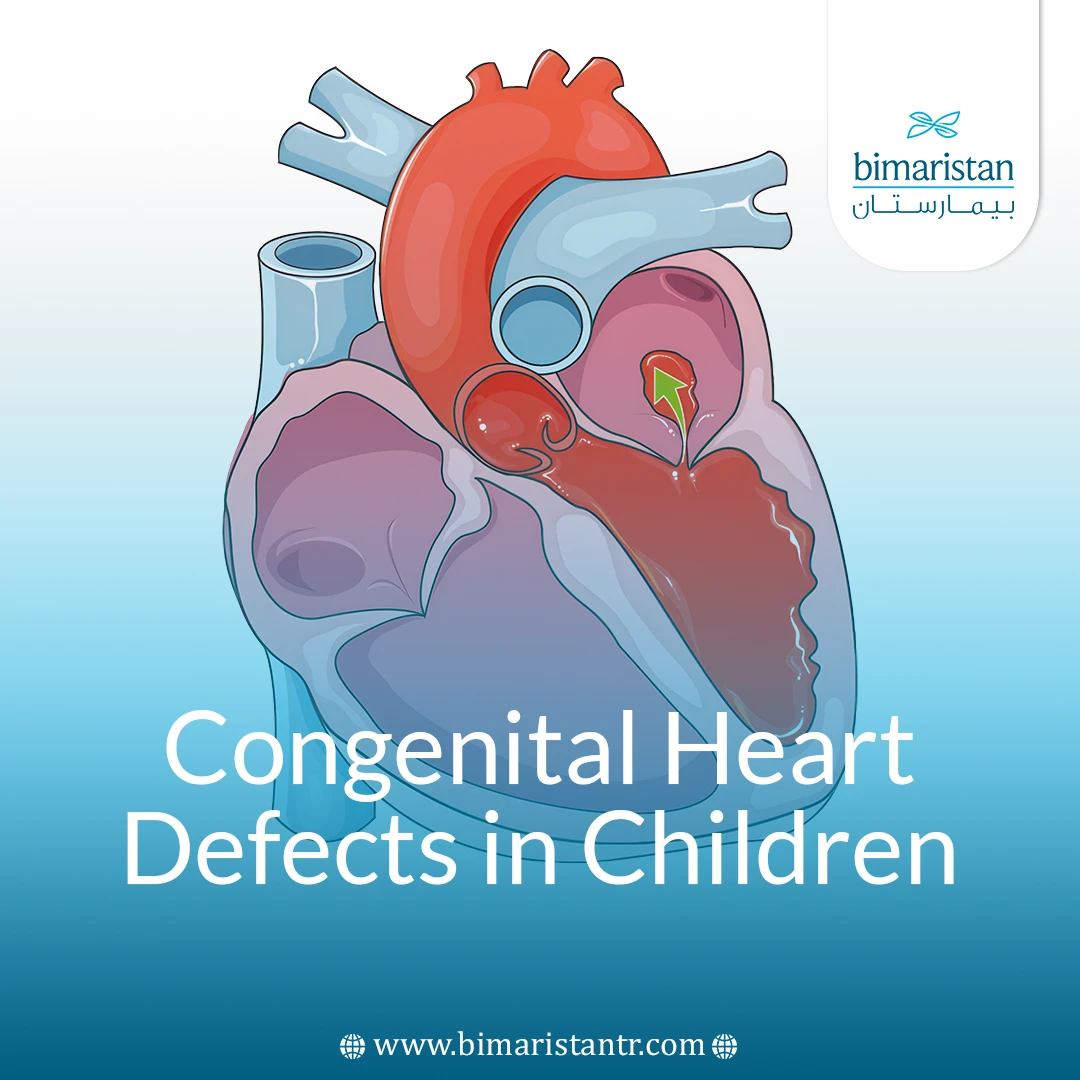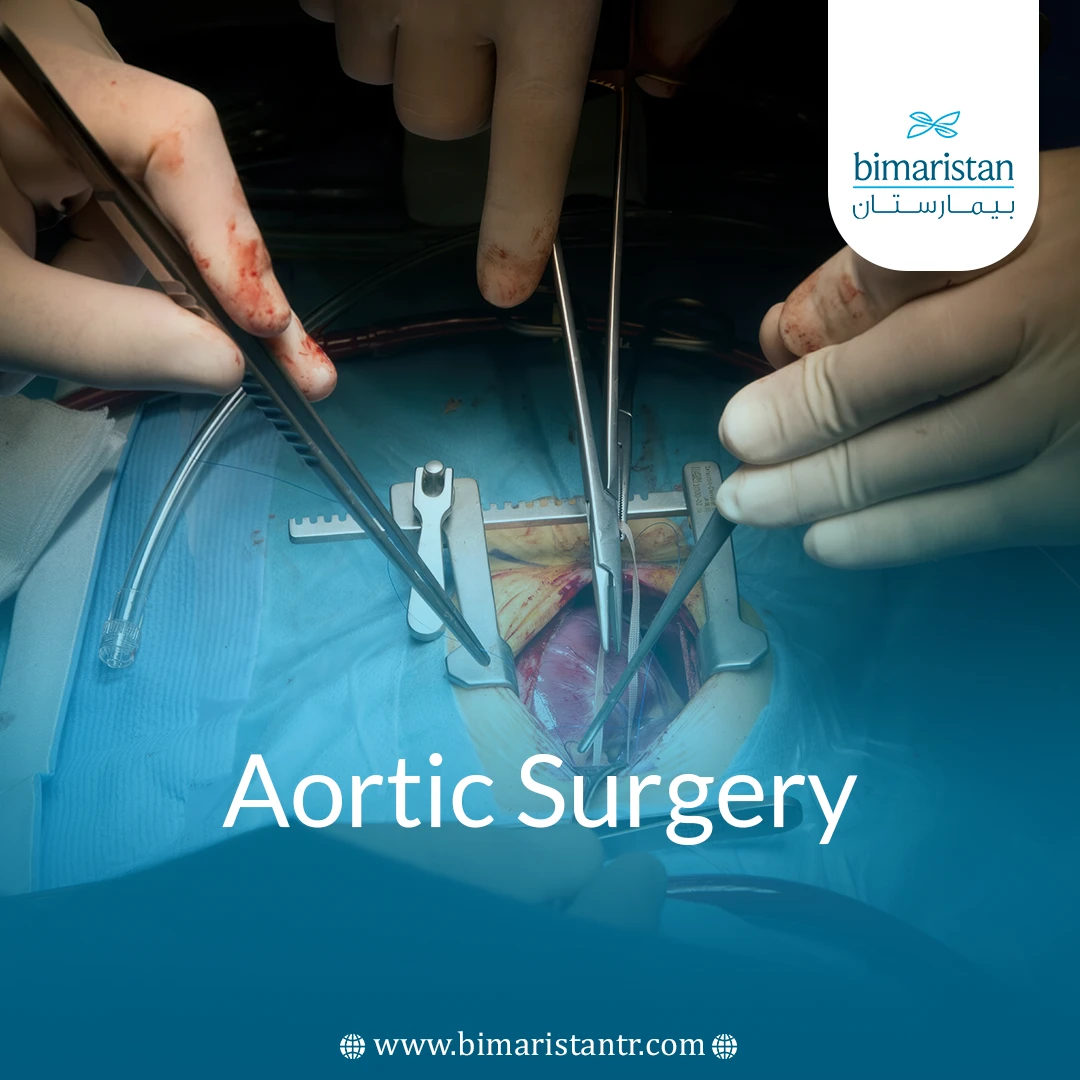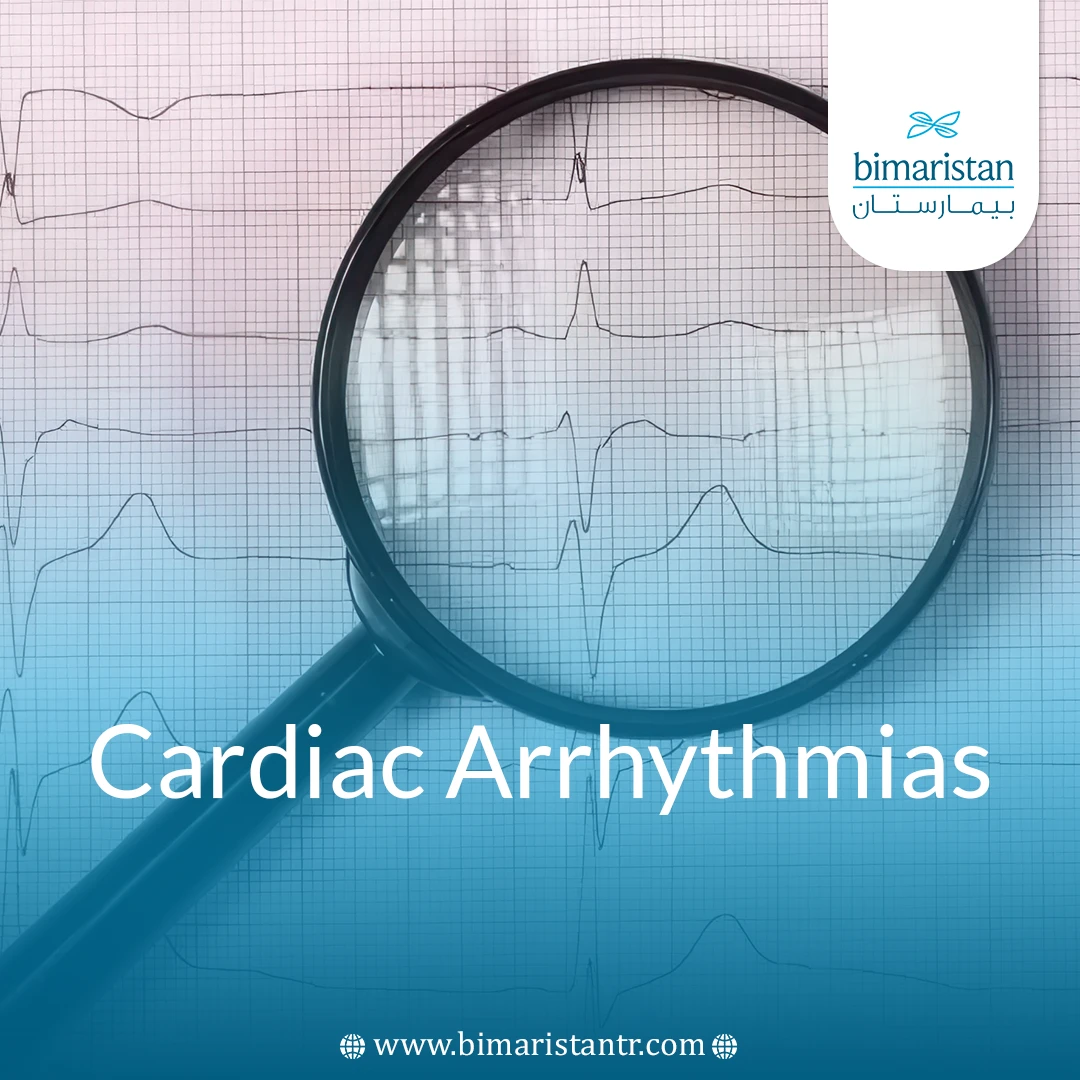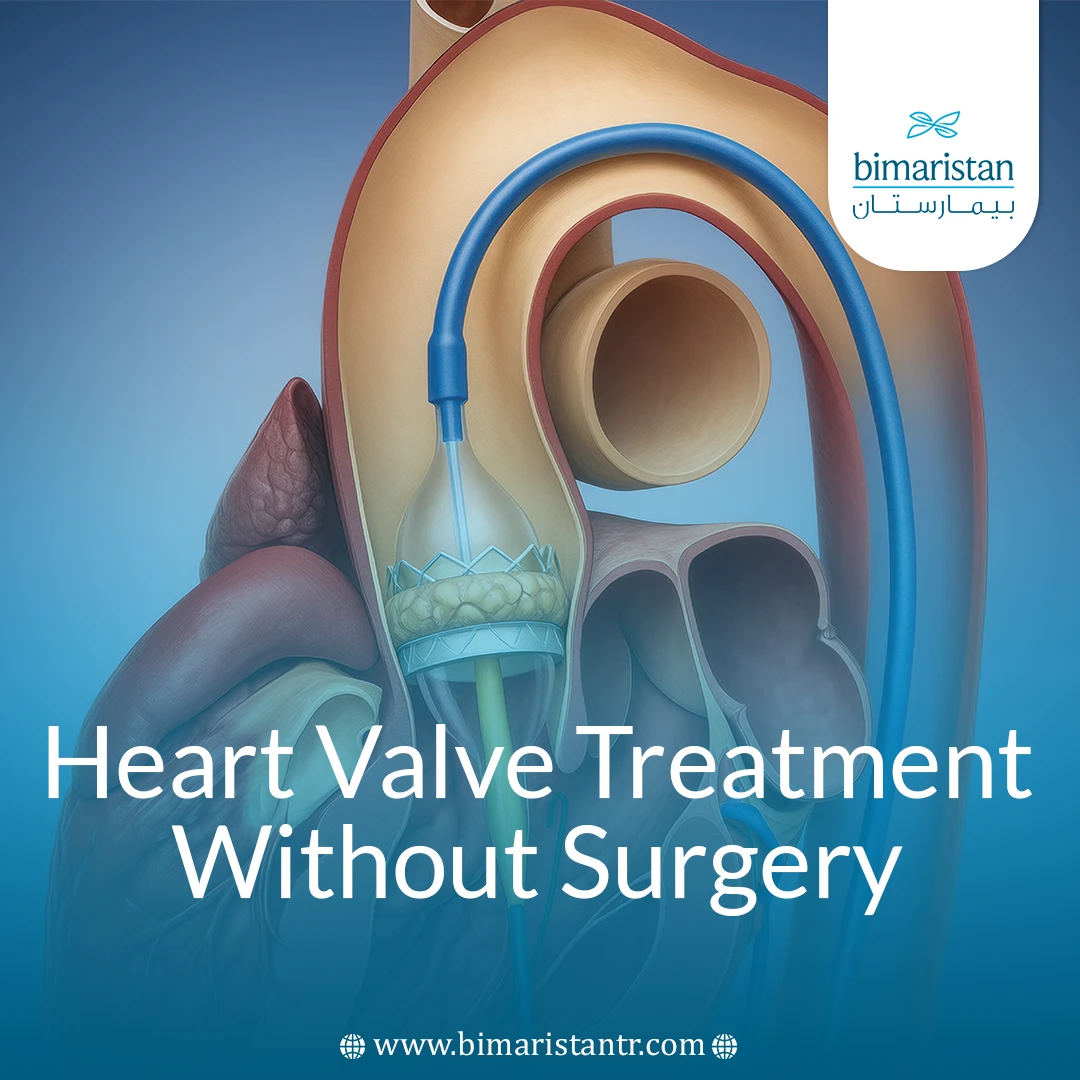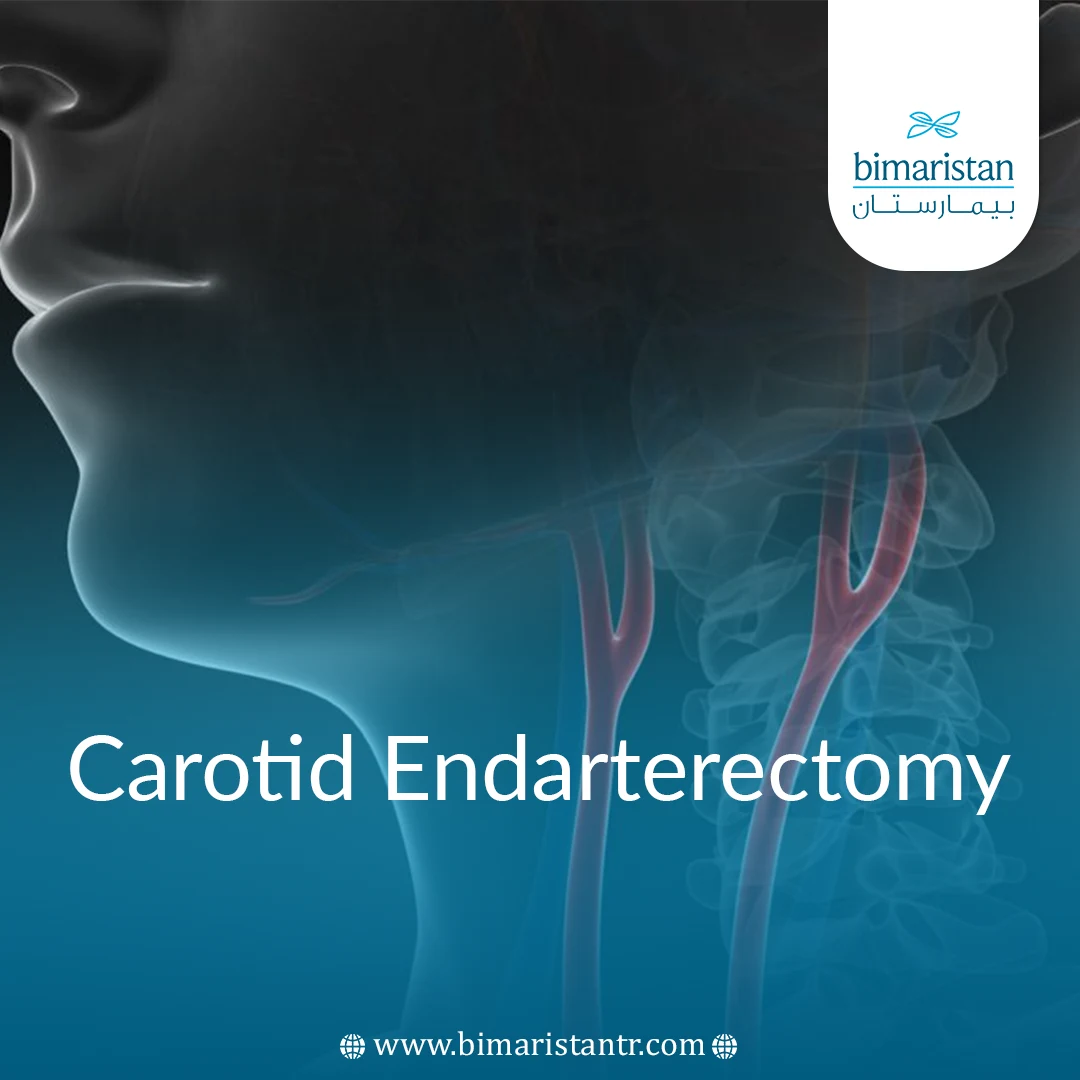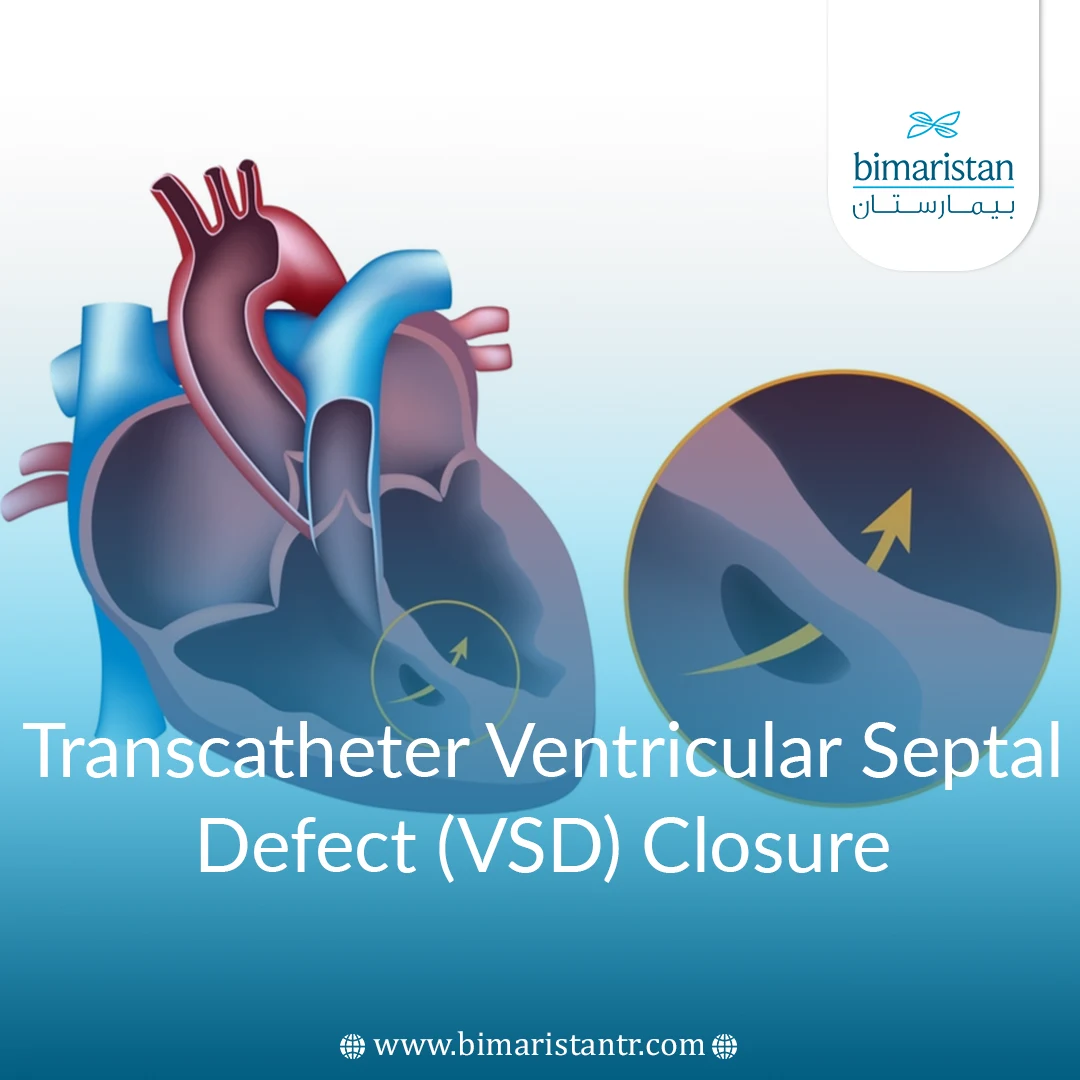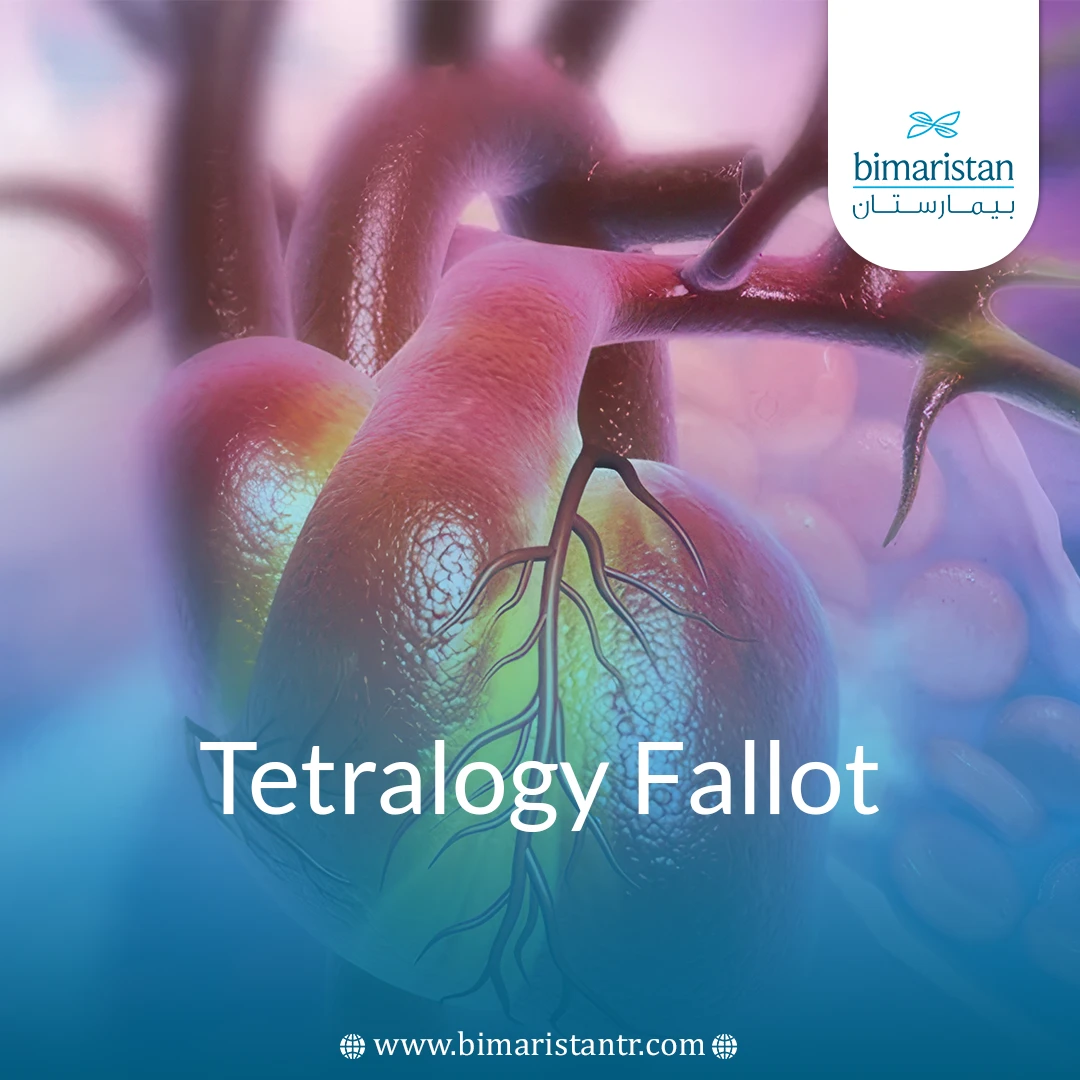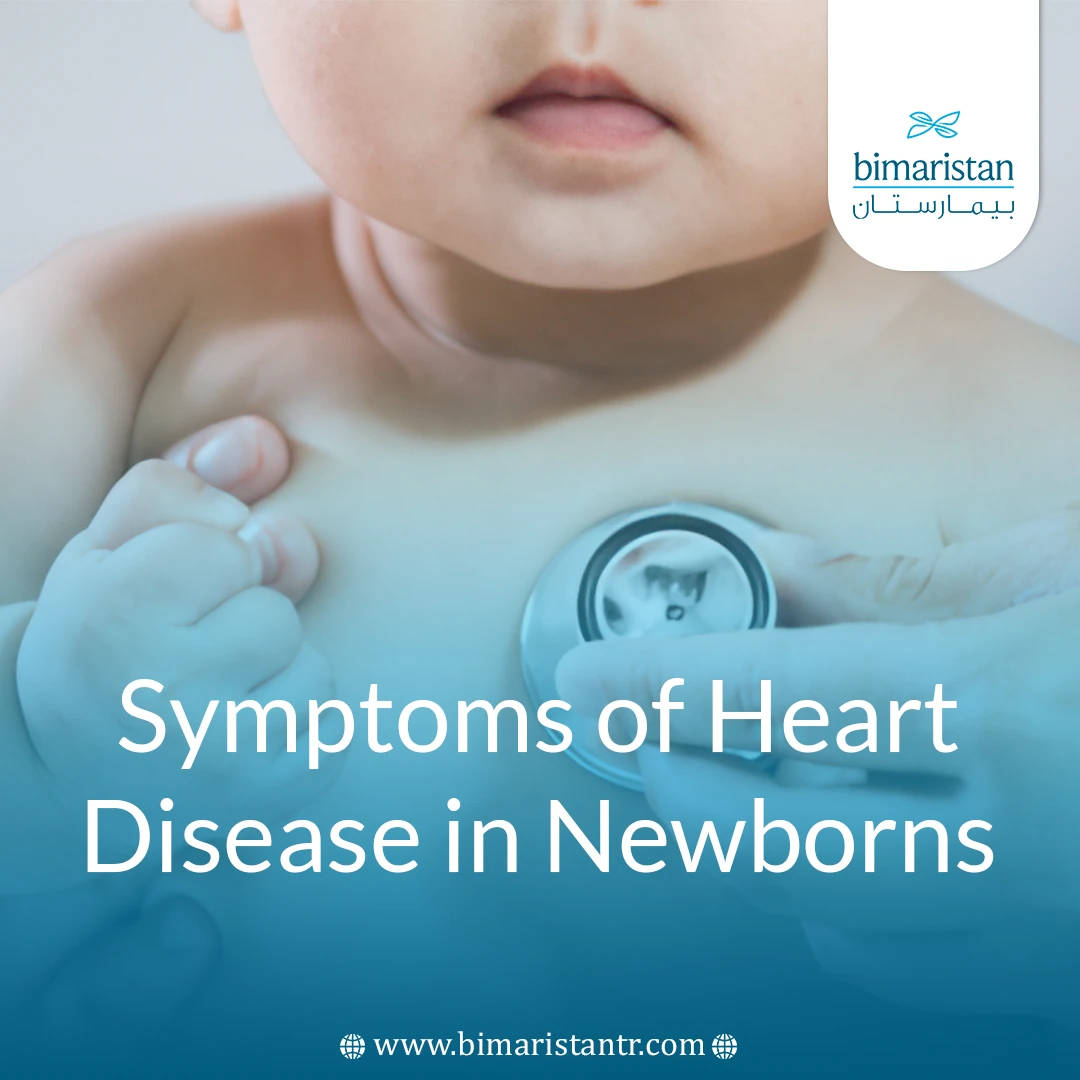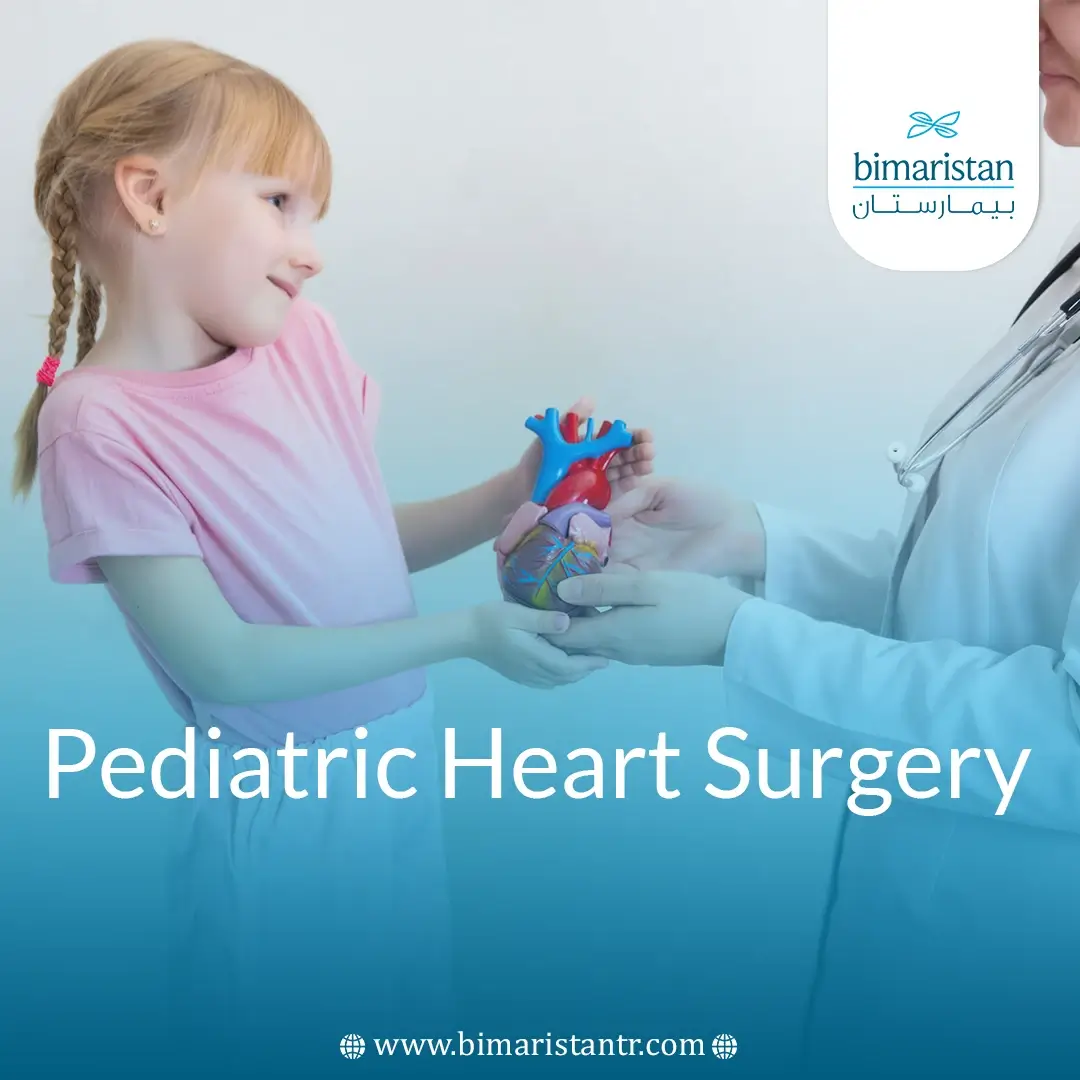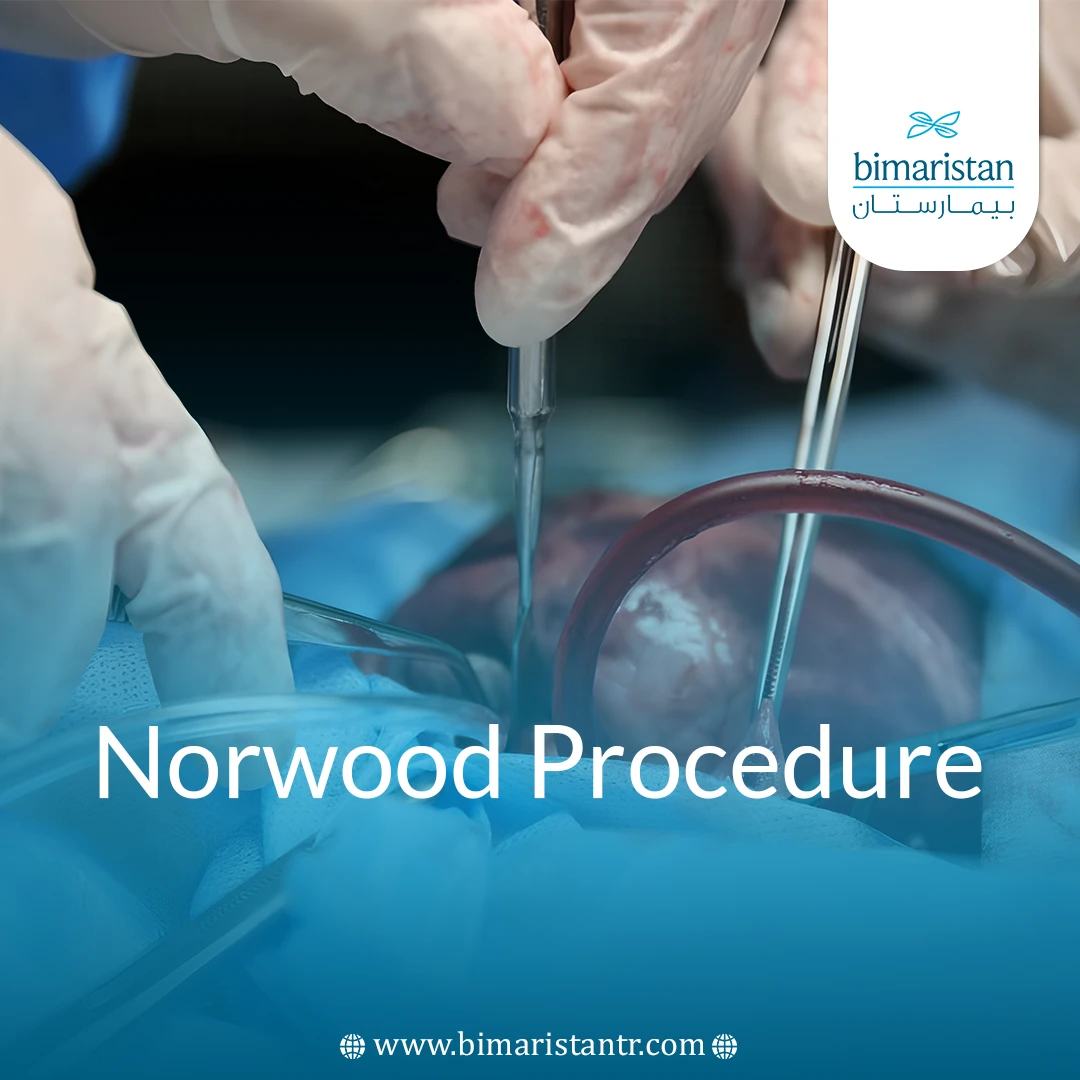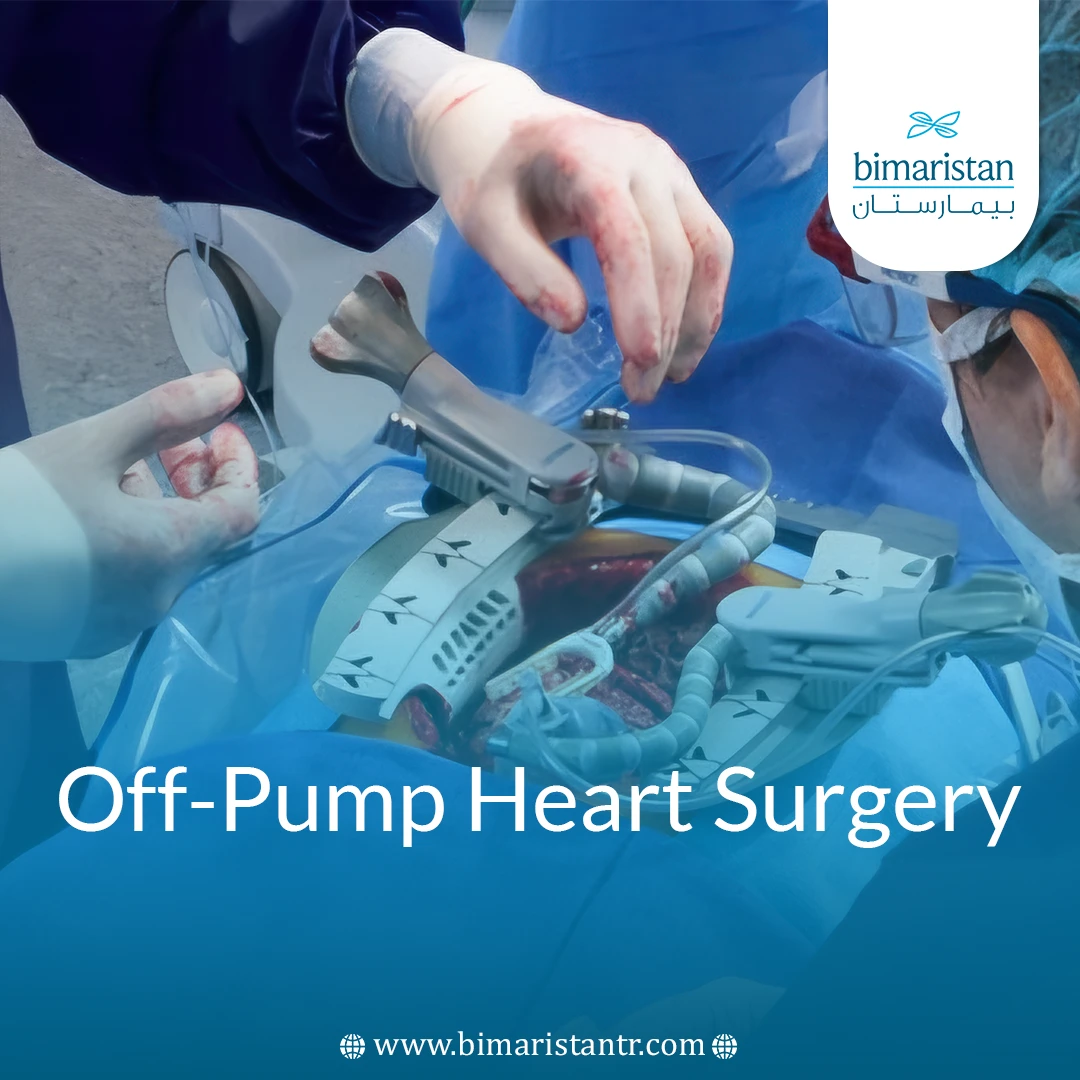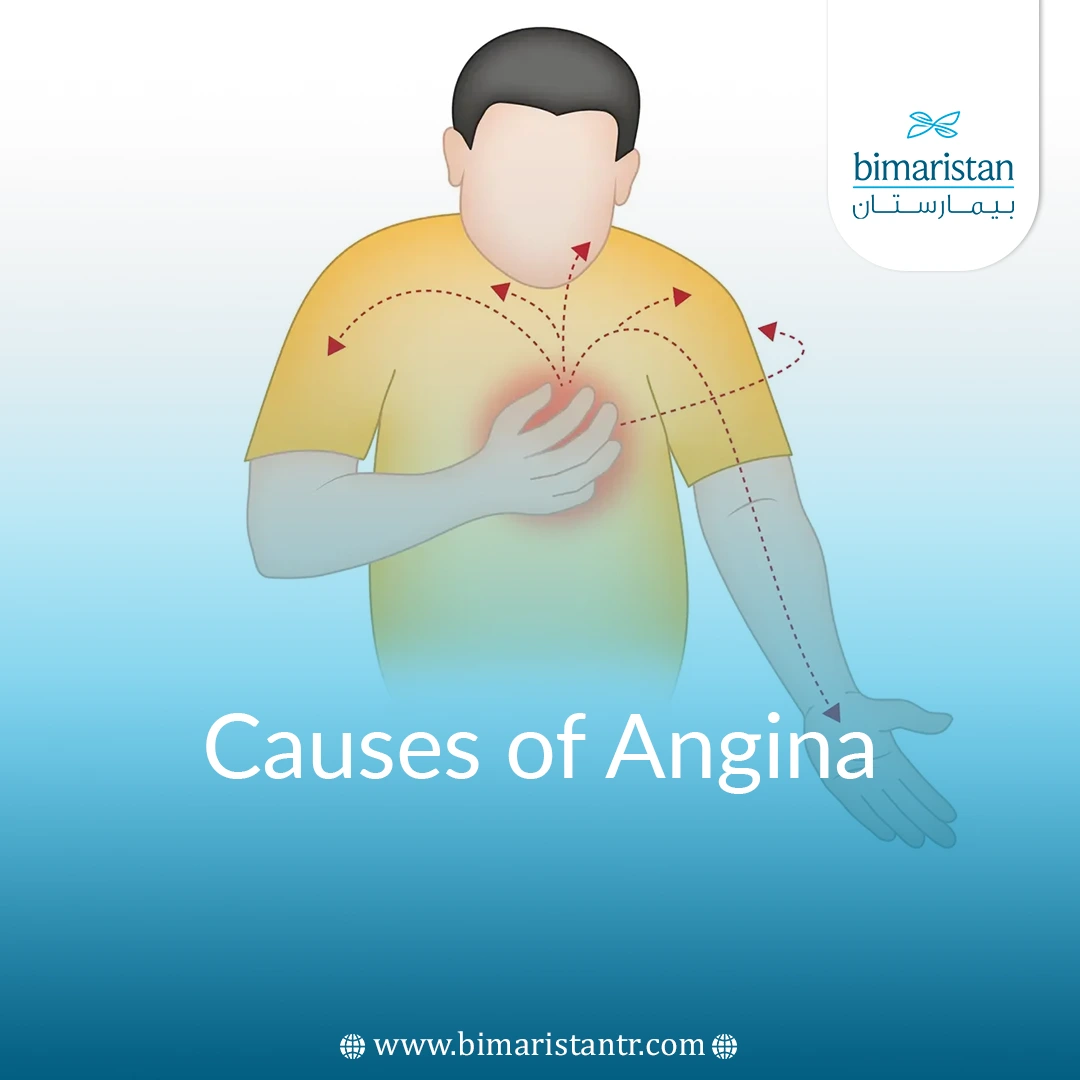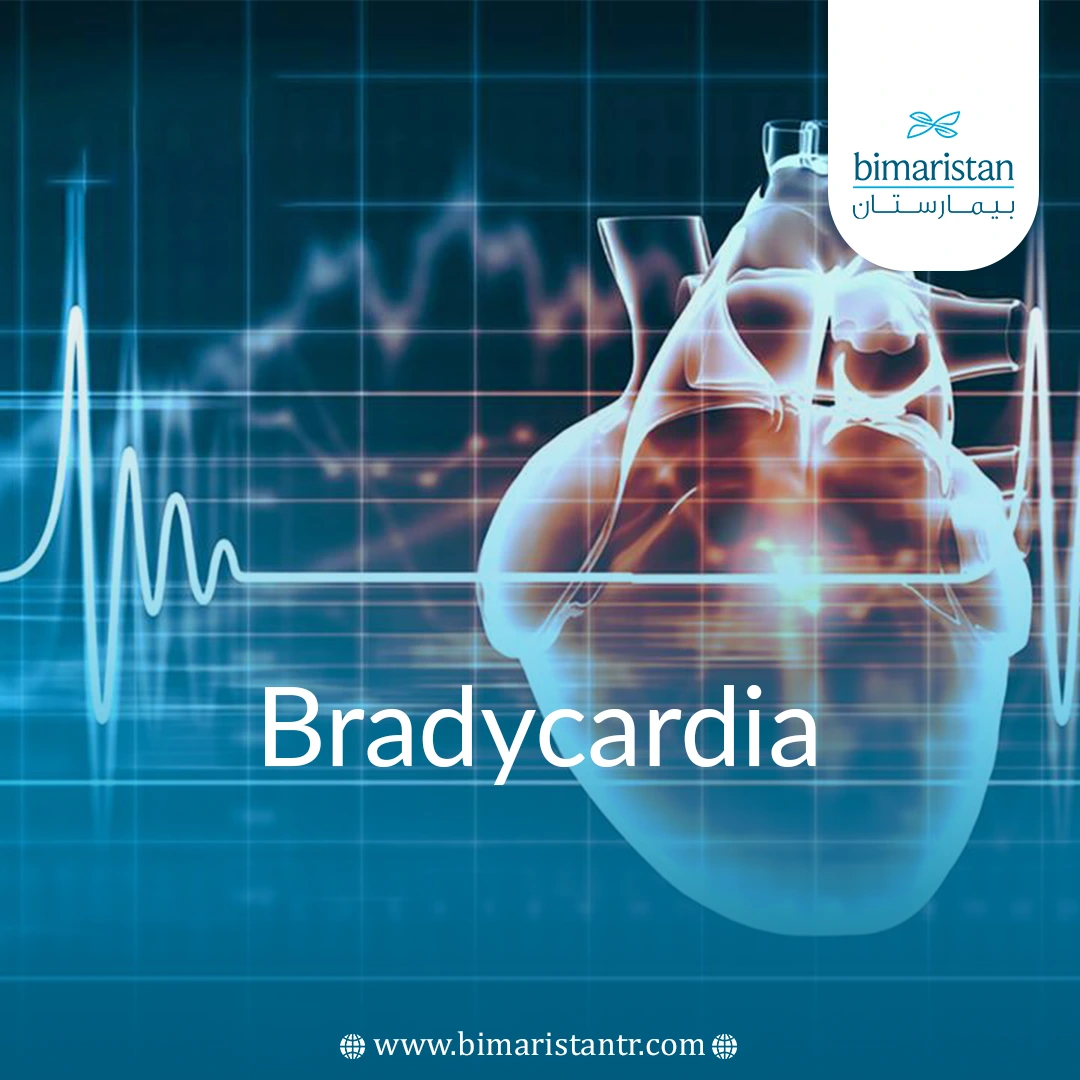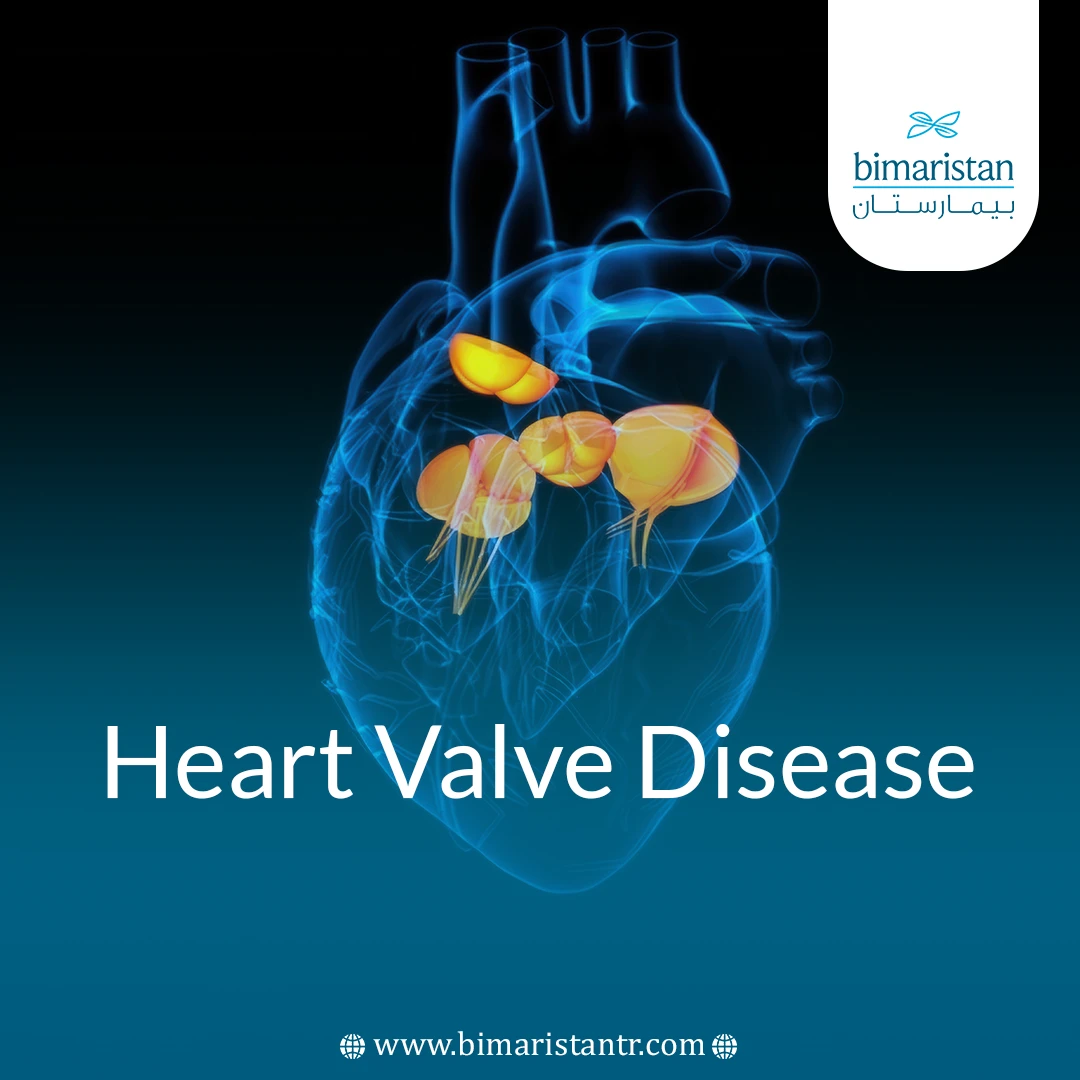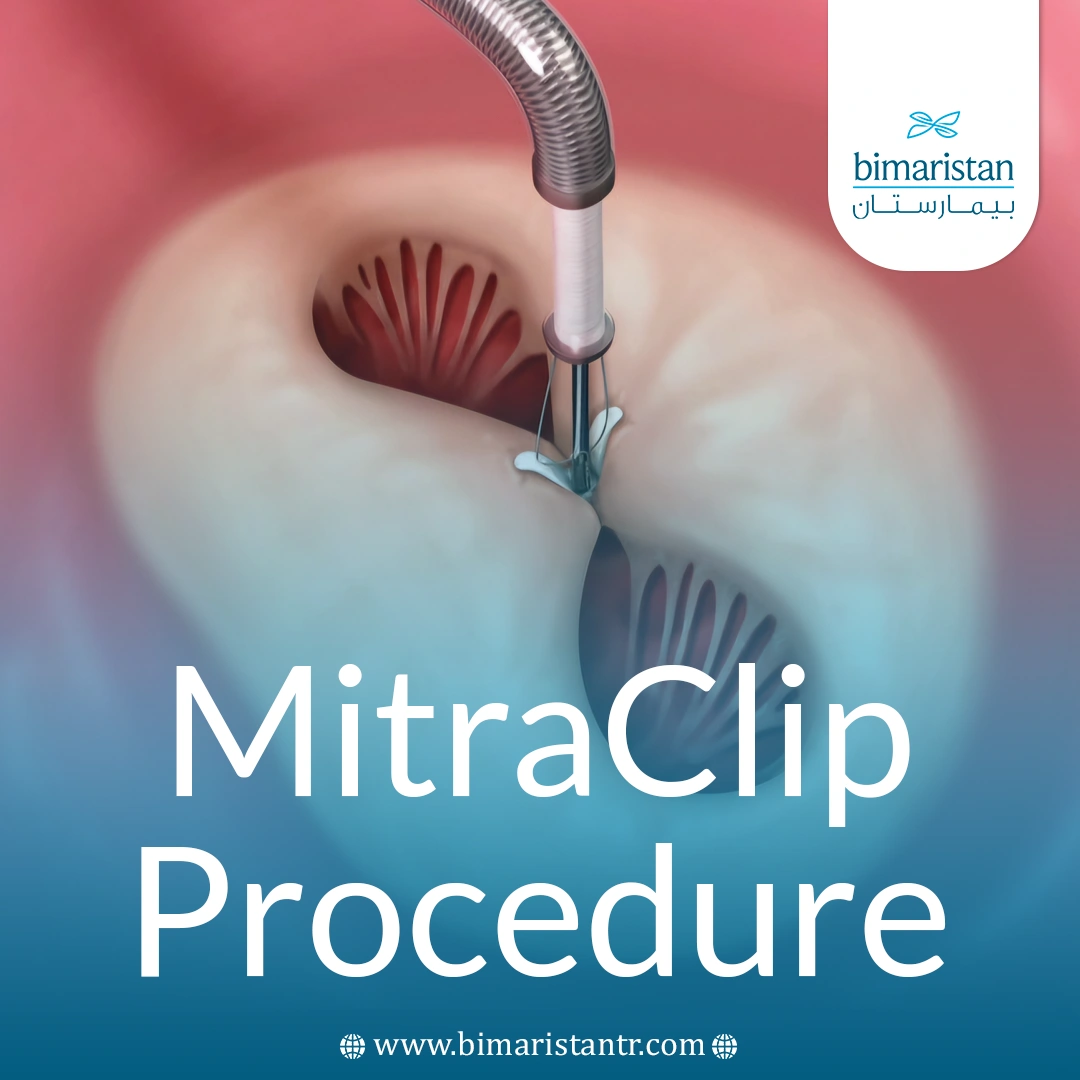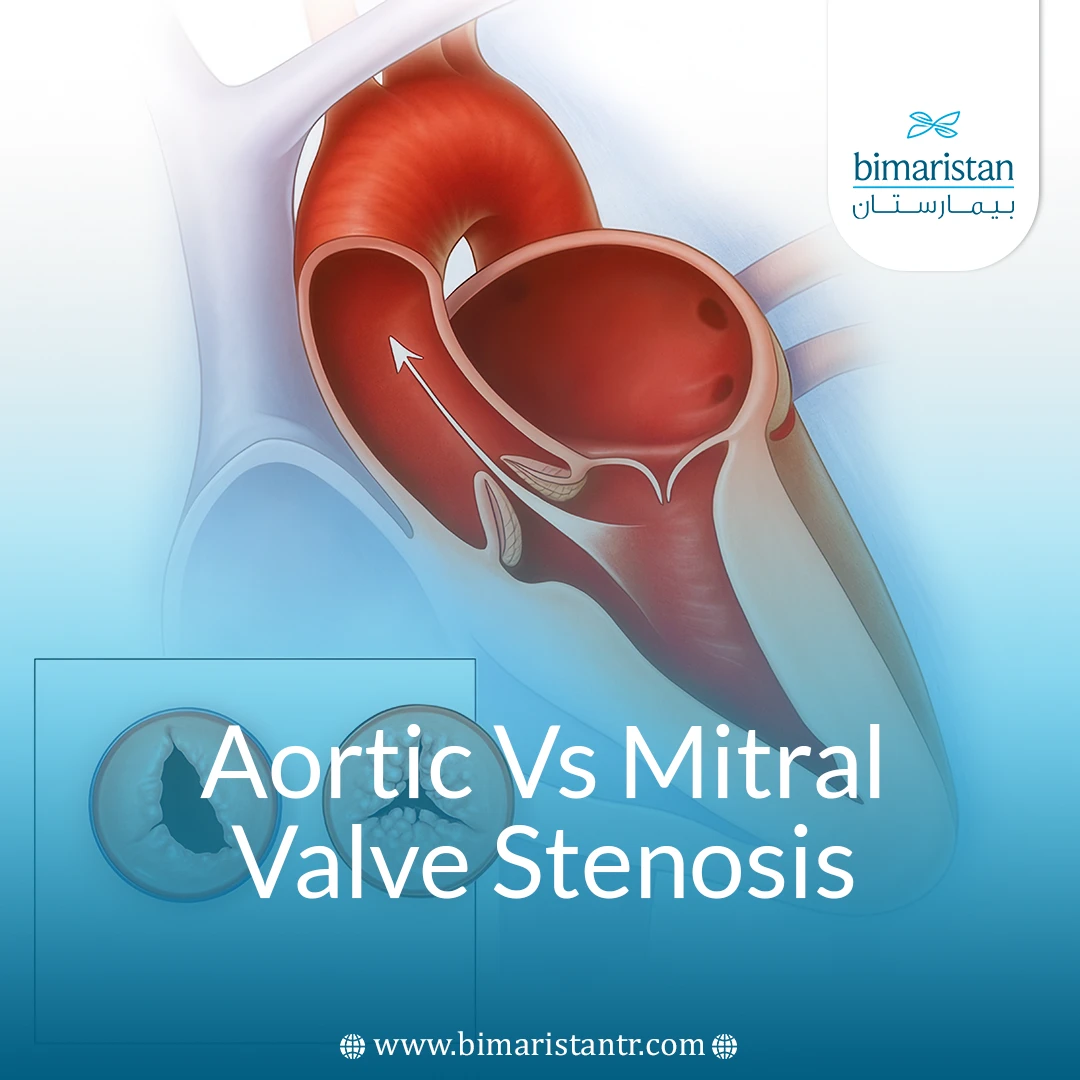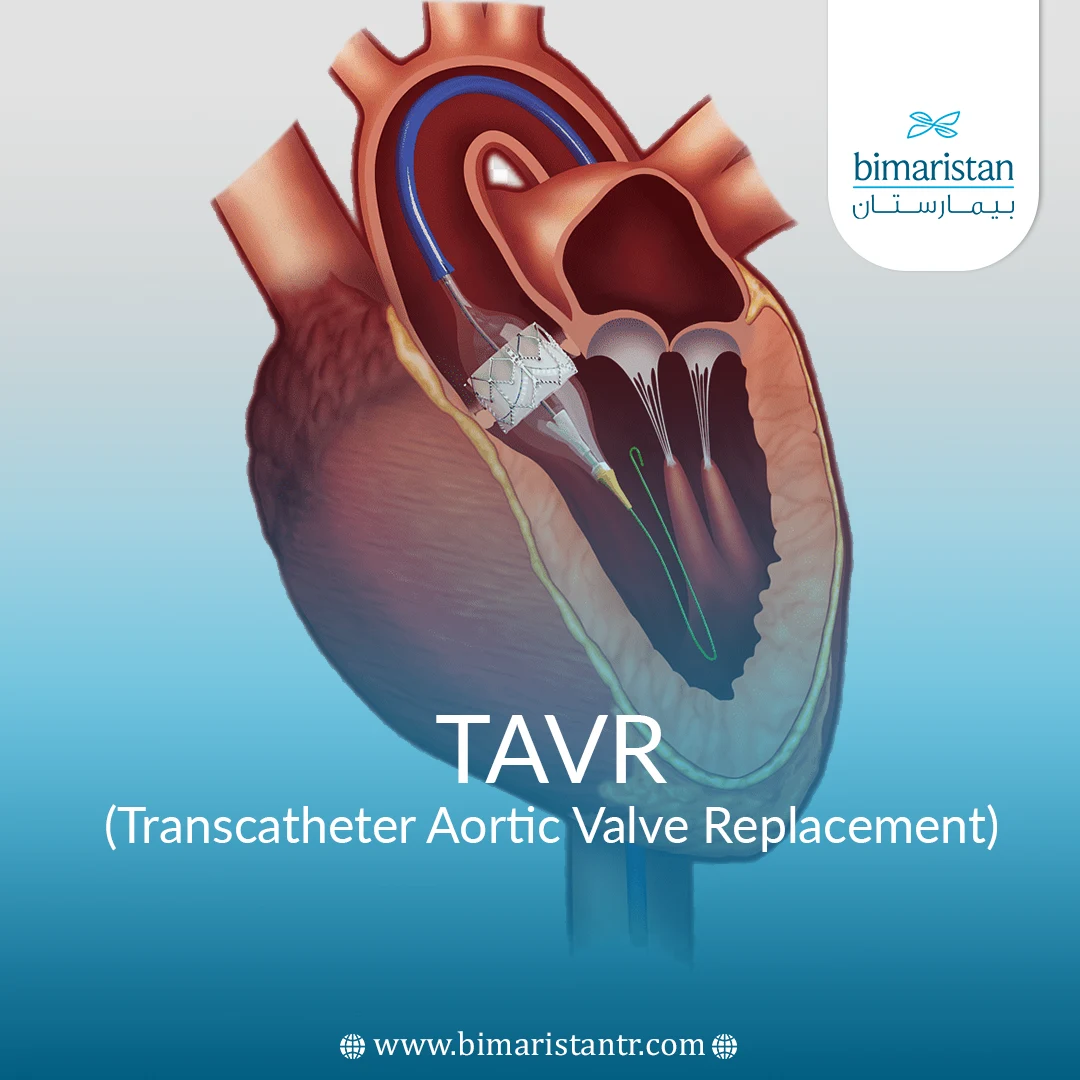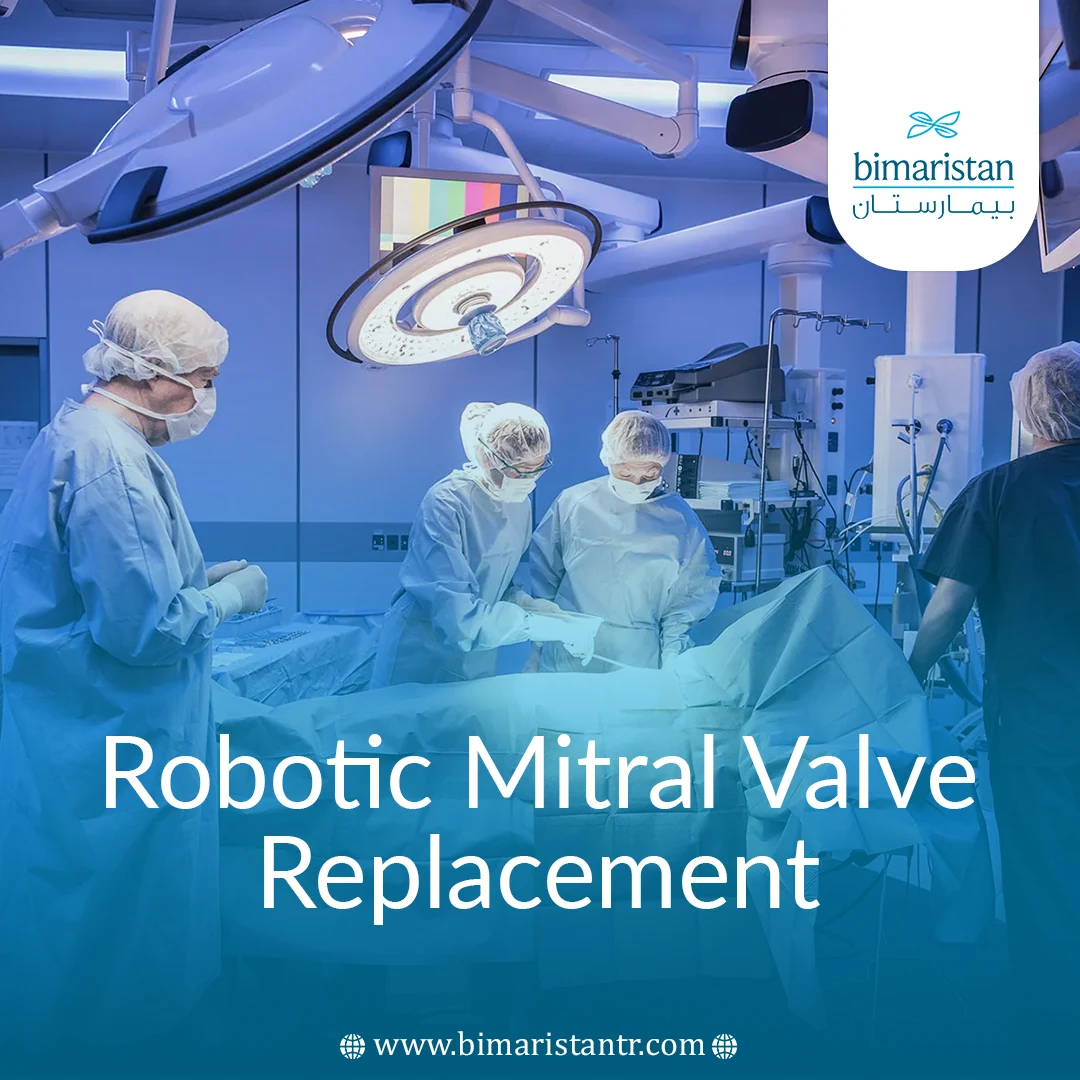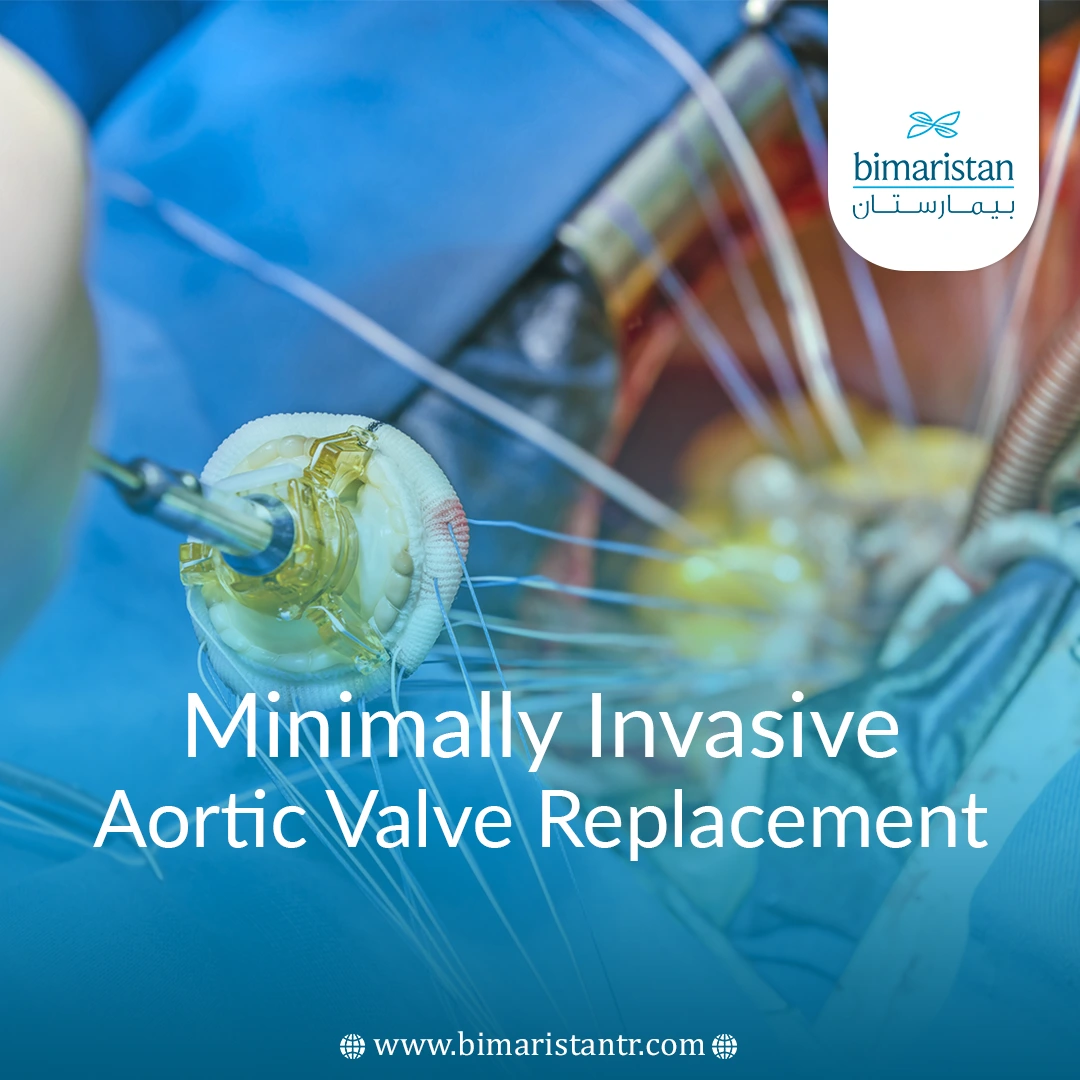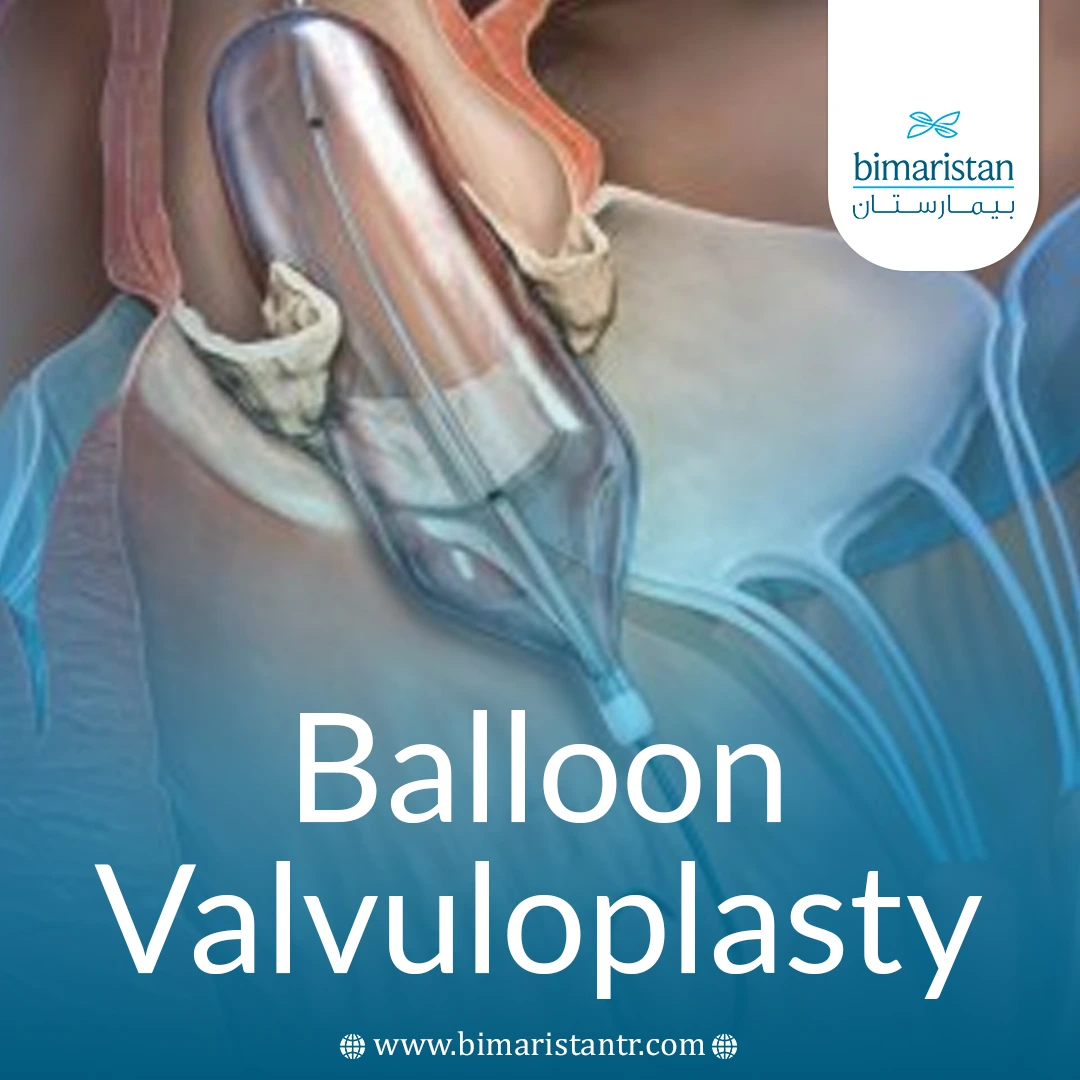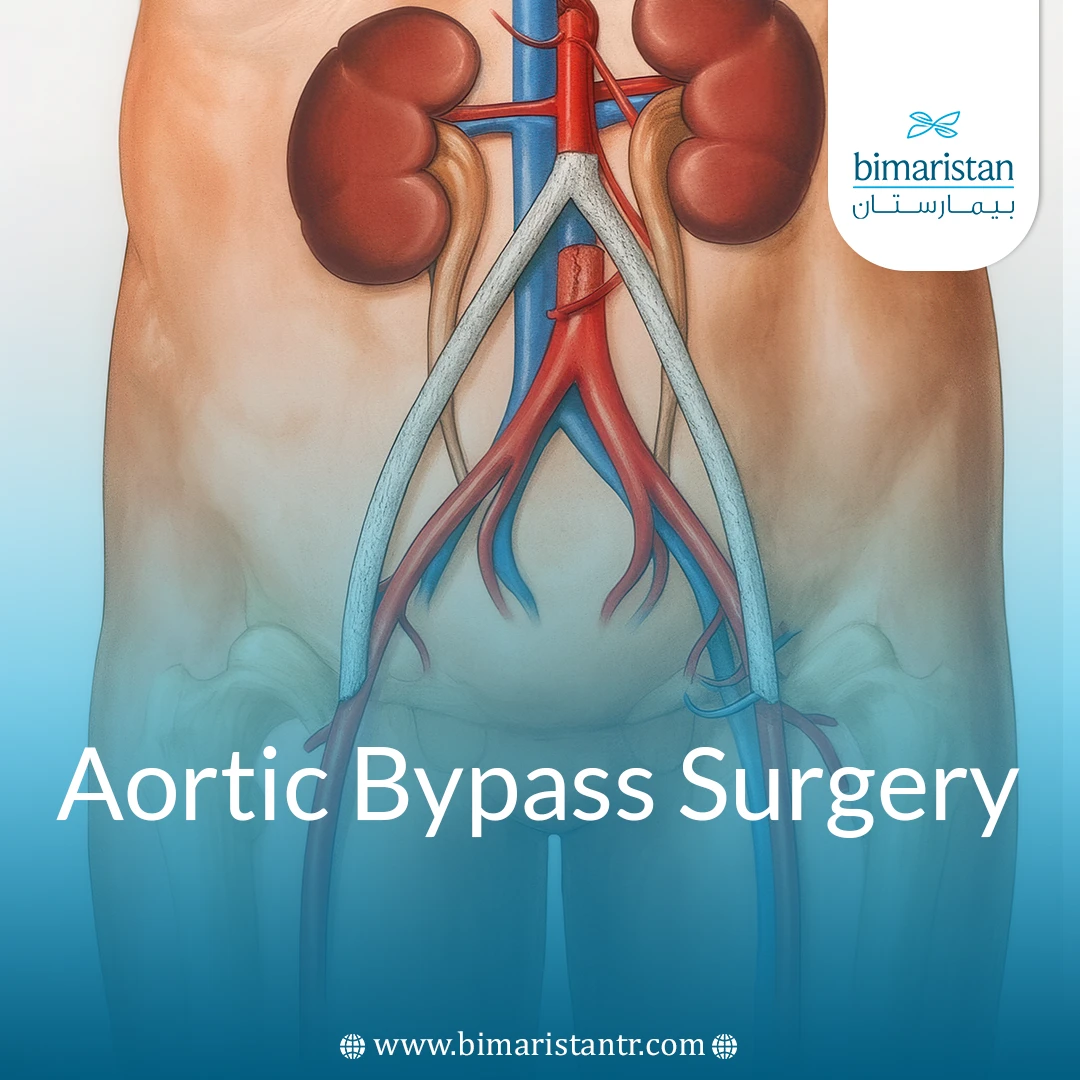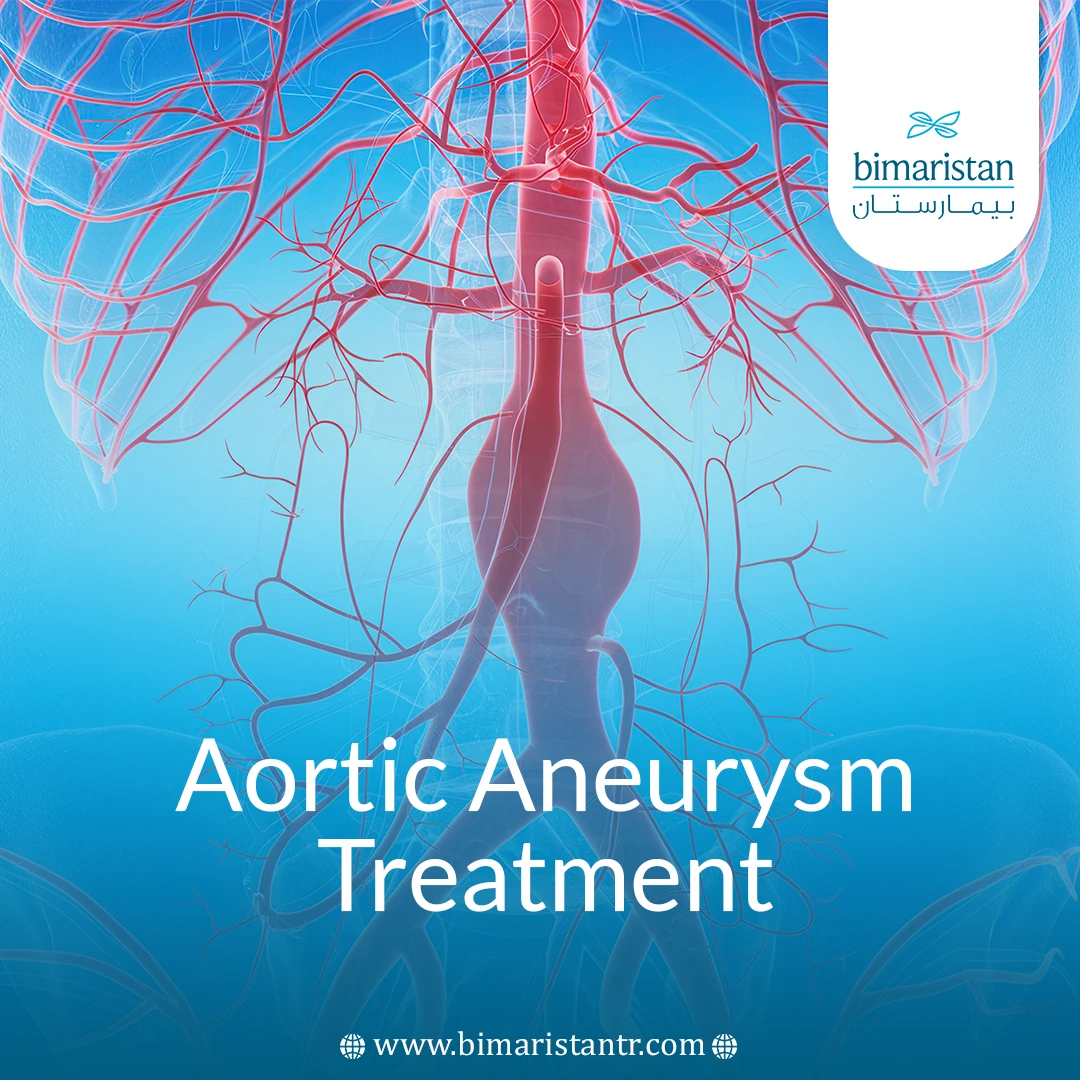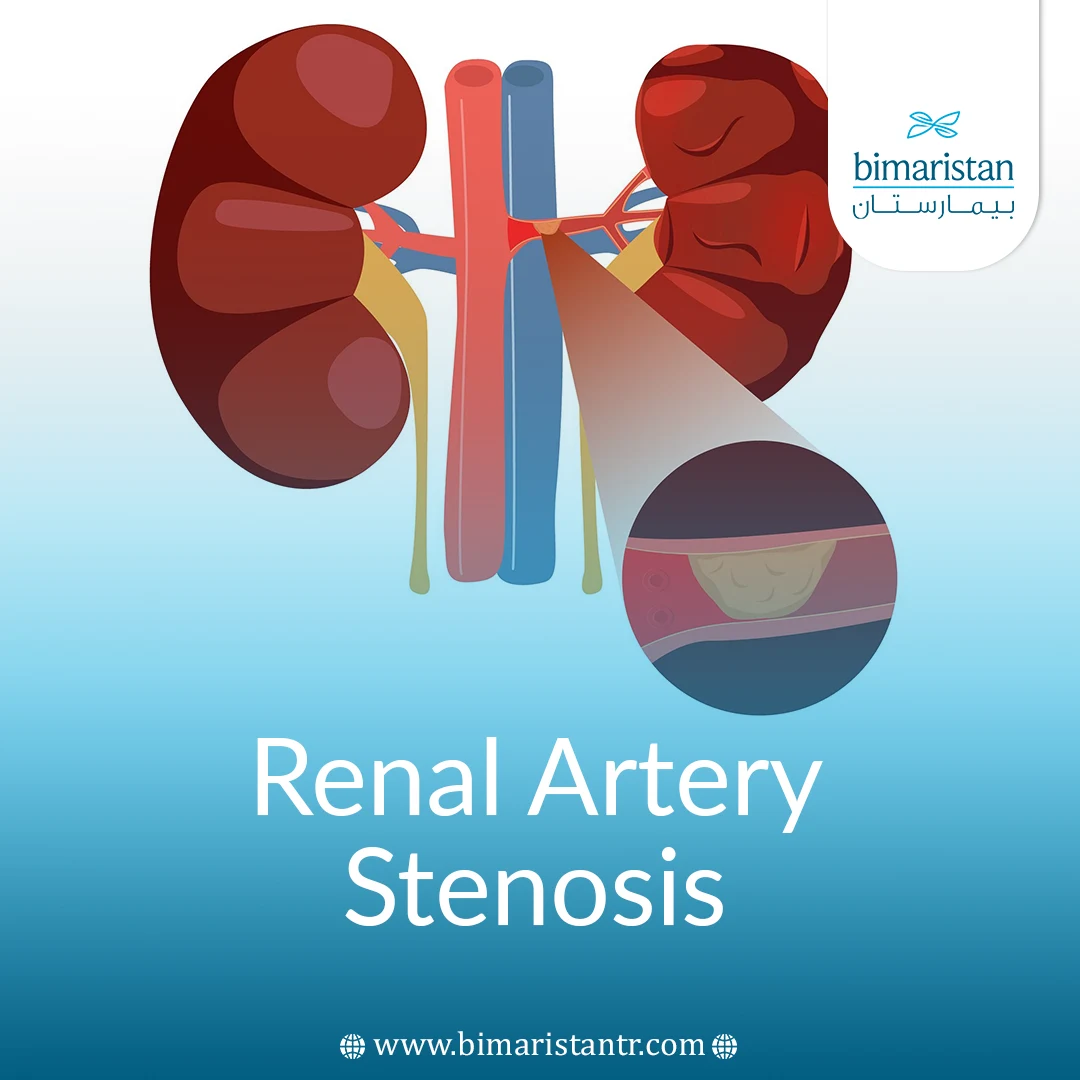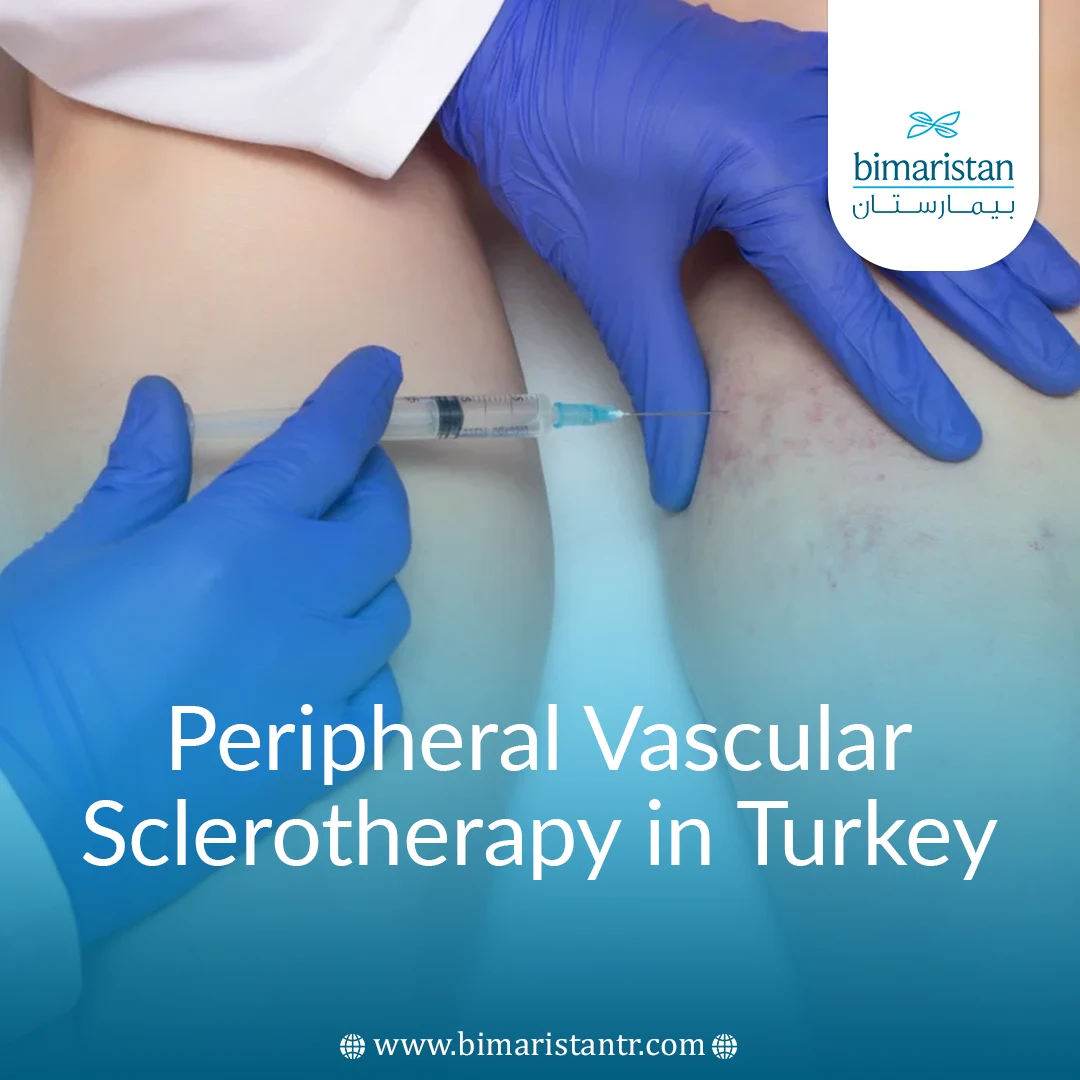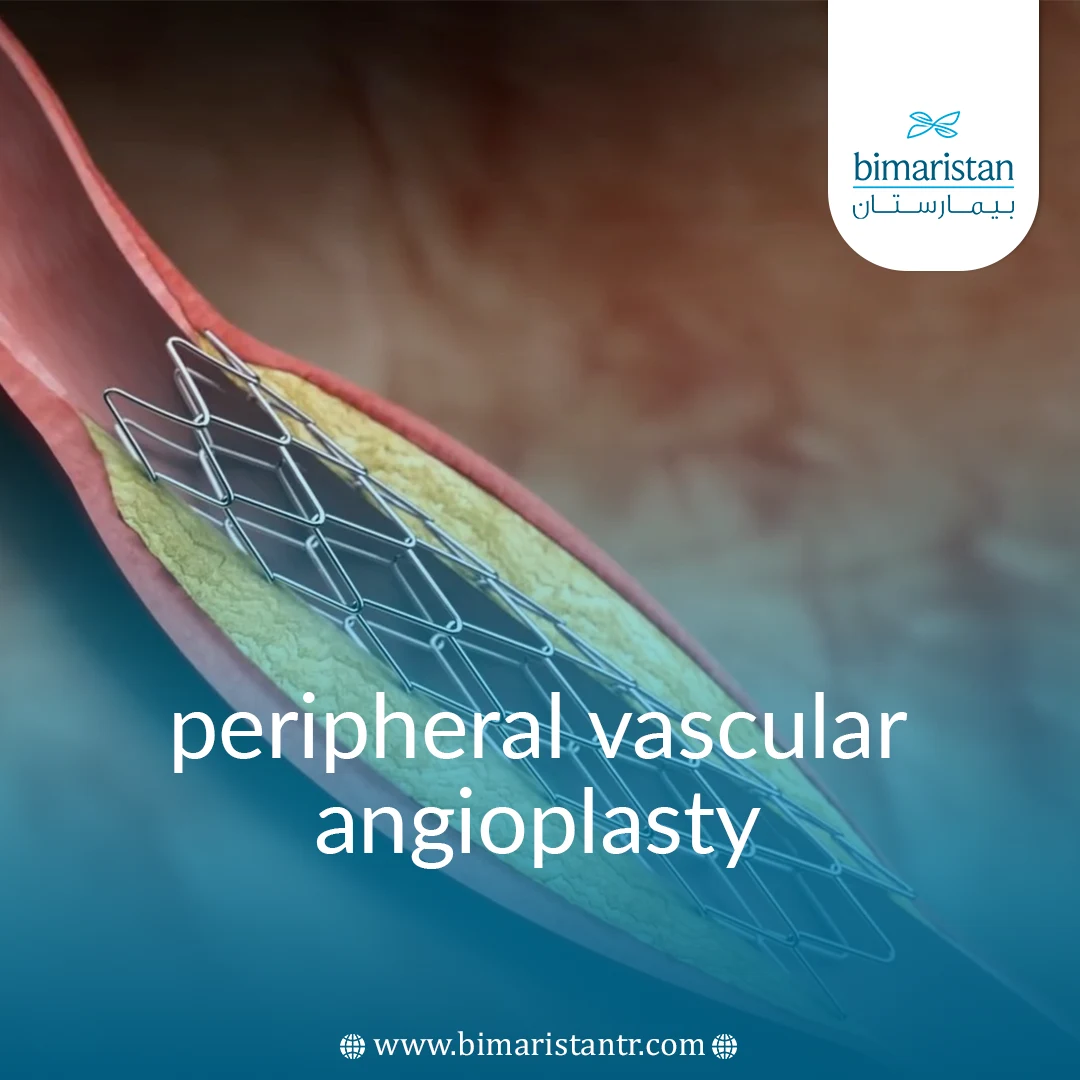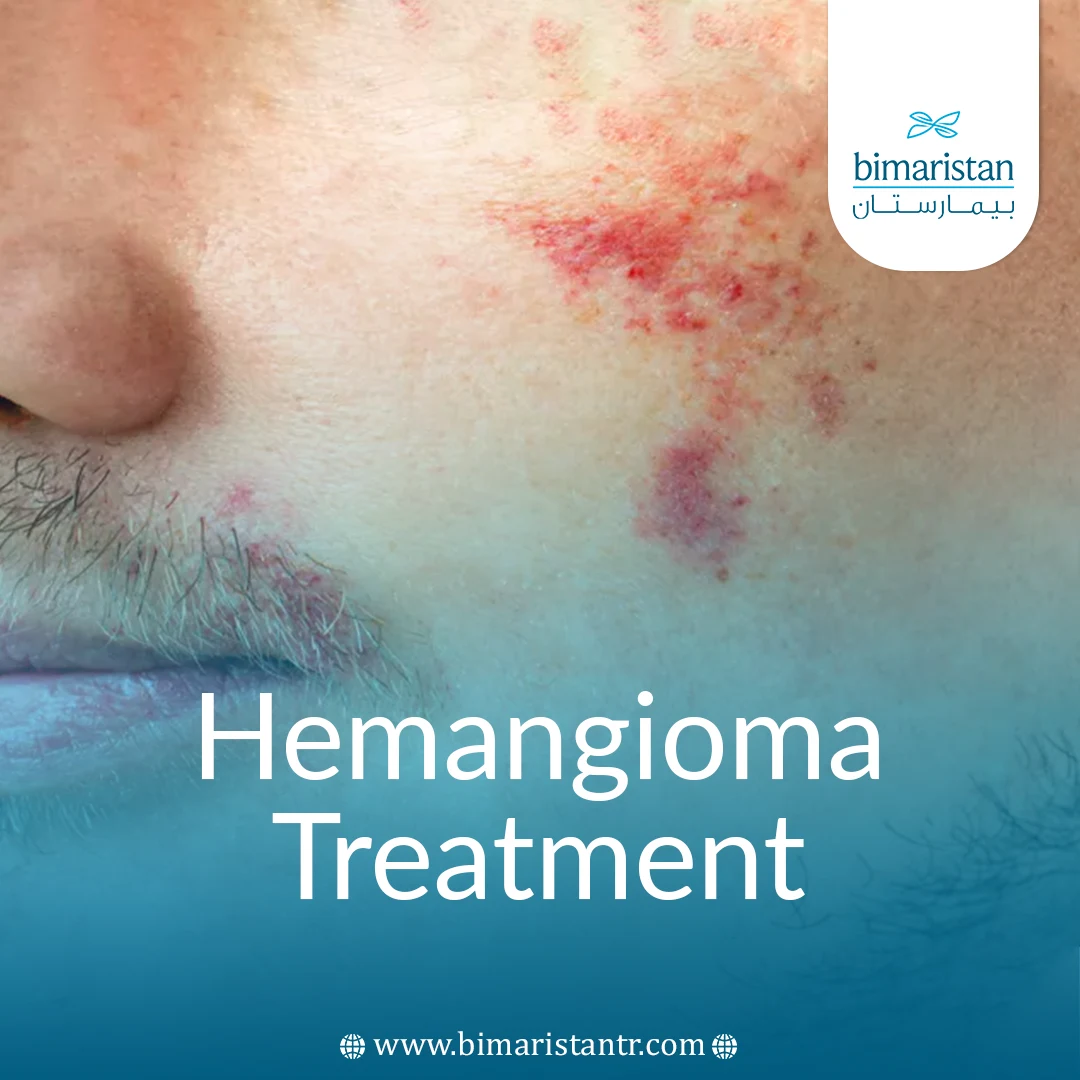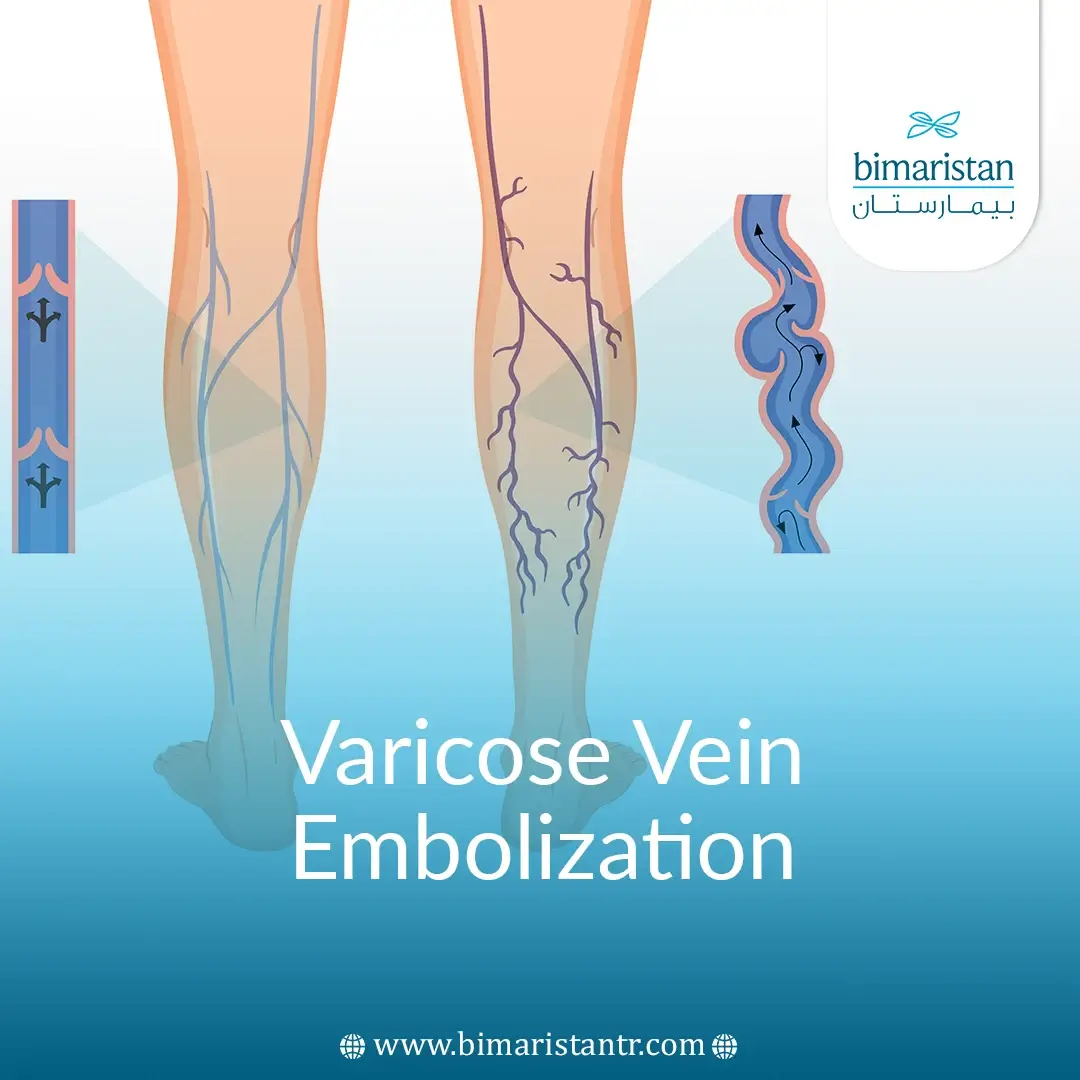
Cardiovascular surgery
- Port Catheter Placement: Central Venous Access Procedure in Turkey
- Artificial Heart Transplantation
- Minimally Invasive Heart Surgery in Turkey 2025
- Open Heart Surgery
- Cardiac Catheterization Procedure: A Final Solution to Heart Problems
- Coronary Artery Disease: Causes, Symptoms, and Best Treatment Options
- Congenital Heart Defects in Children: Causes, Symptoms, and Advanced Treatment Options
- Aortic Surgery: Complete Guide from Diagnosis to Full Recovery
- Cardiac Arrhythmias: Causes, Types, and Modern Diagnosis Methods
- Heart Valve Treatment Without Surgery: Modern Non-Invasive Options
carotid
congenital heart
- Transcatheter Ventricular Septal Defect Closure in Turkey in 2025
- Tetralogy of Fallot in Children: Symptoms, Diagnosis, and Surgery Options
- Symptoms of Heart Disease in Newborns: Early Signs & Detection Guide
- Newborn Congenital Heart Defect Treatment: Complete Guide & Recovery
- Pediatric Heart Surgery: Modern Techniques and High Success Rates for a Healthy Child
- Norwood Procedure: A Surgical Hope for Children with Heart Defects
coronary artery
- Coronary Stent Placement in Turkey: Procedure & Cost Guide
- Coronary Bypass Surgery: Procedure, Recovery, and Benefits
- Off-Pump Coronary Bypass Surgery: Benefits, Procedure, Risks, and Success Rates
- Minimally Invasive Direct Coronary Artery Bypass (MIDCAB) in Turkey
- Causes of angina: Predisposing factors, symptoms and warnings
electrophysiologist
heart rhythm
heart valve
- Mitral Valve Repair Surgery: Procedure, Benefits, and Recovery
- Aortic Valve Repair Surgery: Procedure, Benefits, and Recovery
- Heart Valve Replacement Surgery: Types, Procedure, and Recovery Guide
- Heart Valve Disease: Causes, Signs & Modern Treatments
- MitraClip Procedure: A Minimally Invasive Solution for Mitral Valve Regurgitation
- Aortic vs Mitral Valve Stenosis: Symptoms, diagnosis and treatment
>> heart-valve-replacement
- TAVR (Transcatheter Aortic Valve Replacement) in Turkey.
- Robotic Mitral Valve Replacement in Turkey 2025
- Mitral Valve Replacement Surgery in Turkey: Procedure & Recovery
- Minimally Invasive Aortic Valve Replacement: Procedure, Benefits, and Recovery
- Surgical Aortic Valve Replacement: Procedure, Benefits, and Recovery Guide
- Understanding Balloon Valvuloplasty: Safe Treatment for Heart Valve Disorders
interventional cardiologist
large aortic vessel
peripheral vascular
- Endovascular Treatment Of Diabetic Foot in Turkey in 2025
- Renal Artery Stenosis Symptoms and Treatment
- Lymphangioma: Causes, Symptoms, and Best Treatment Options
- Dialysis Fistula: What Is an Arteriovenous Shunt and How It Works
- Peripheral Vascular Sclerotherapy in Turkey in 2025
- Peripheral Vascular Angioplasty
- Hemangioma Treatment
- Varicose vein embolization: A modern solution to eliminate pain and improve appearance

